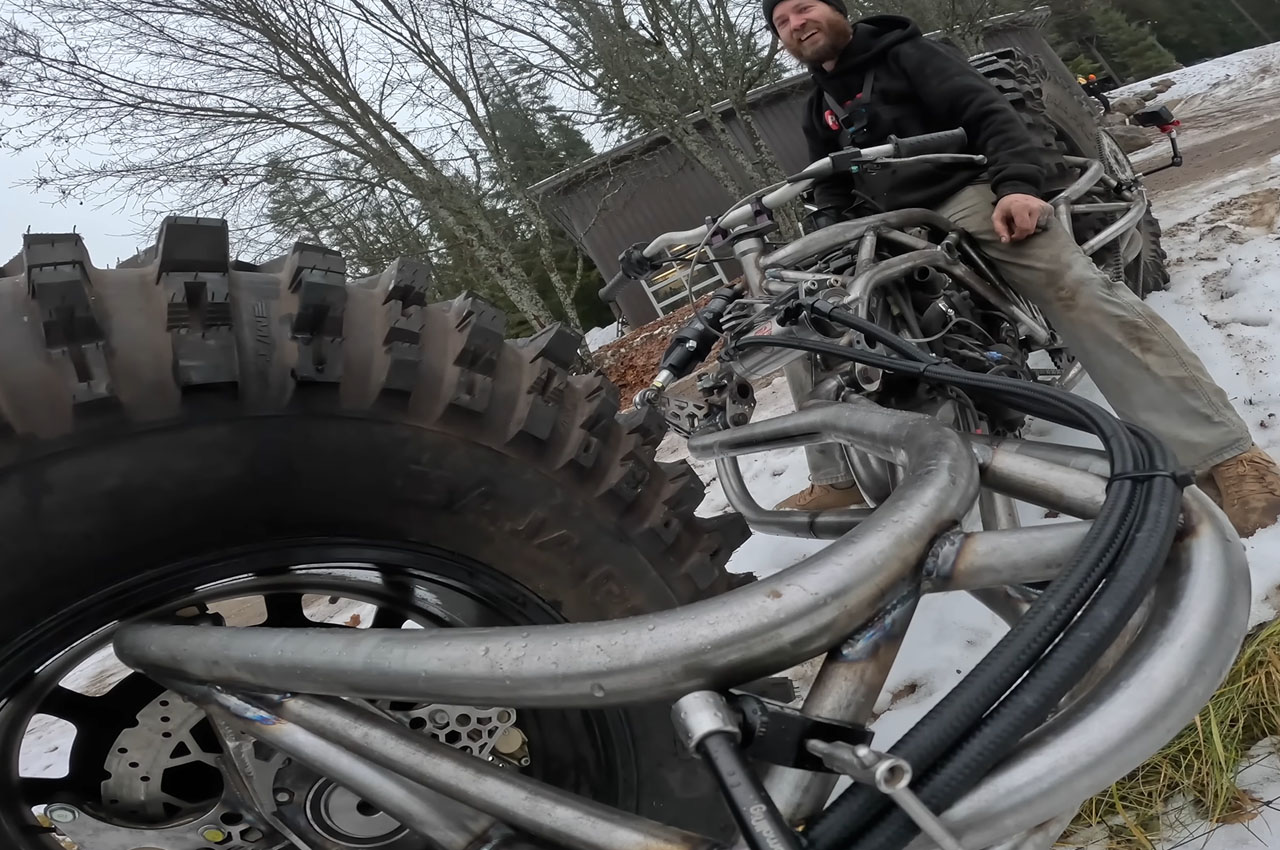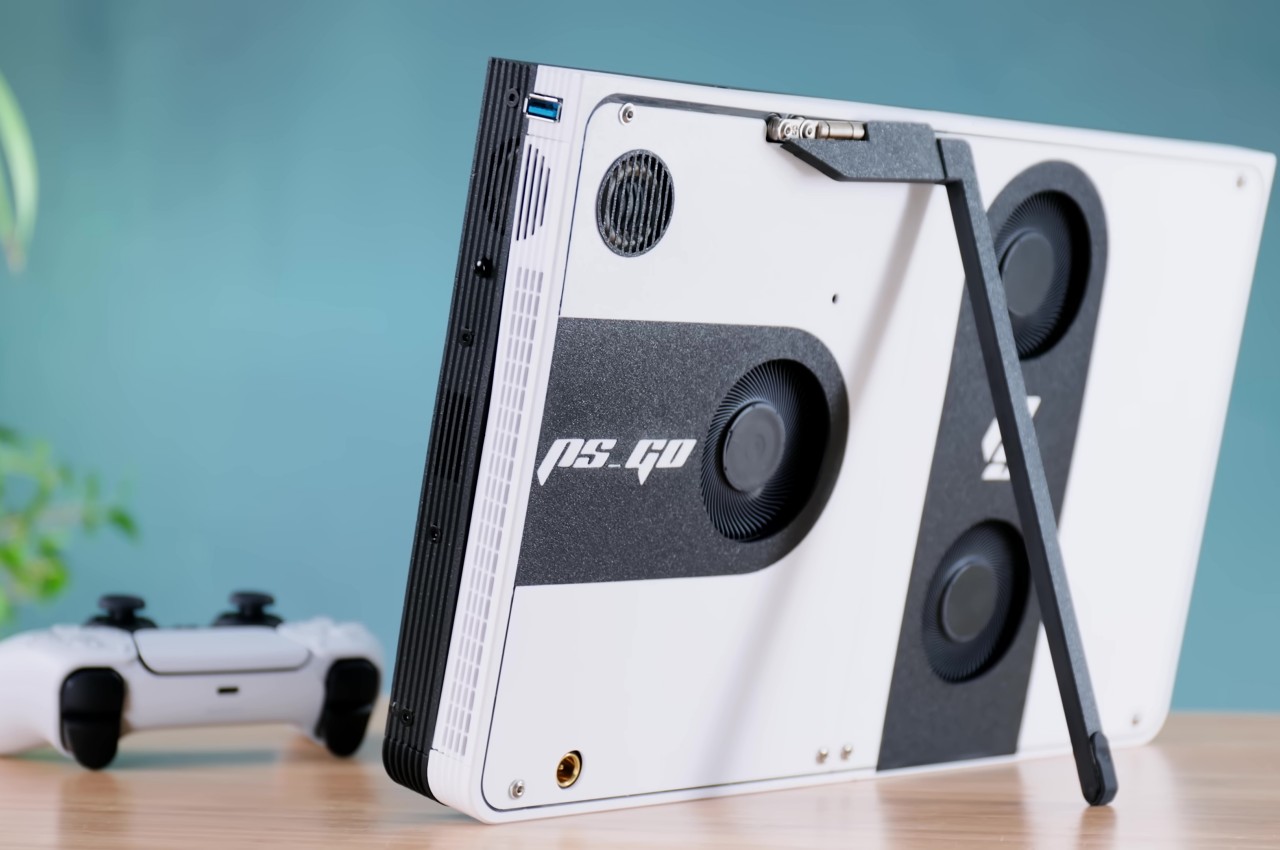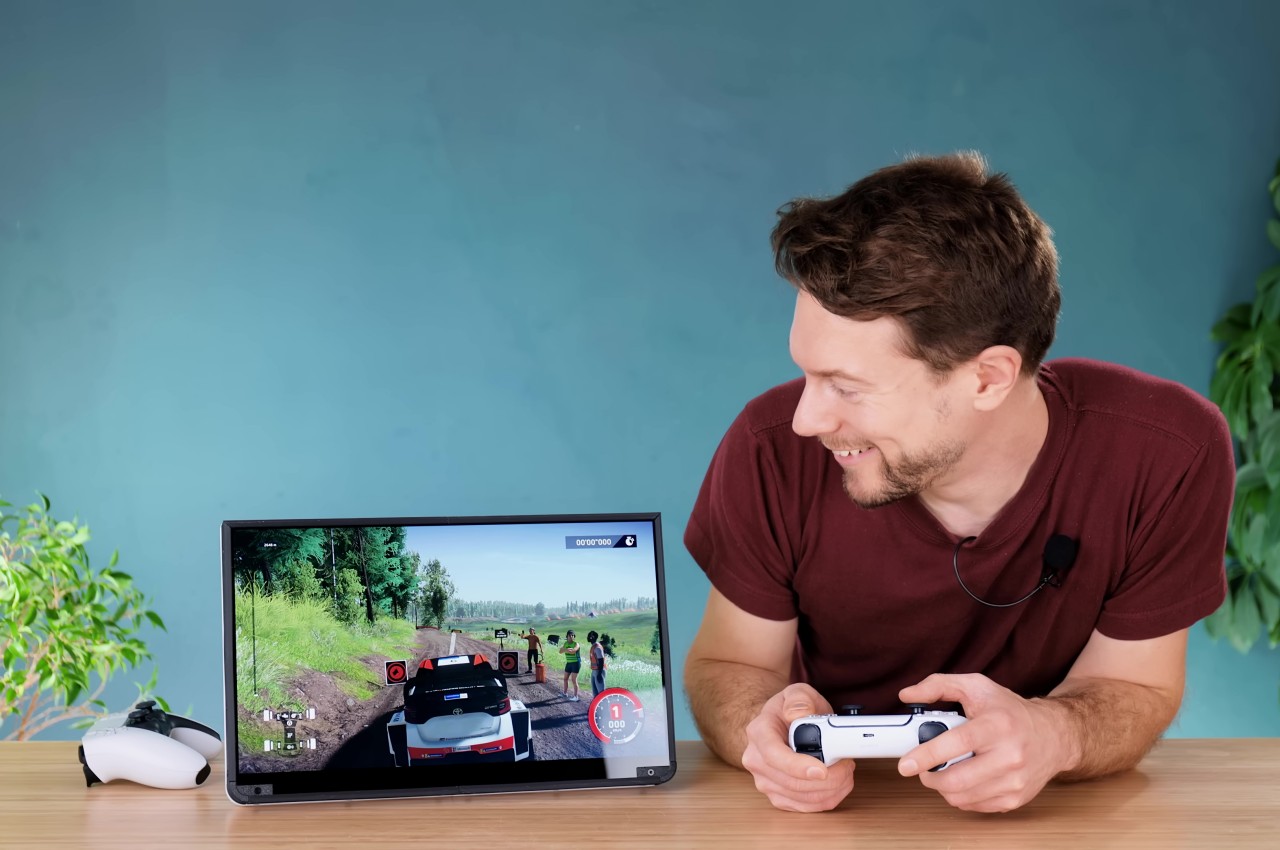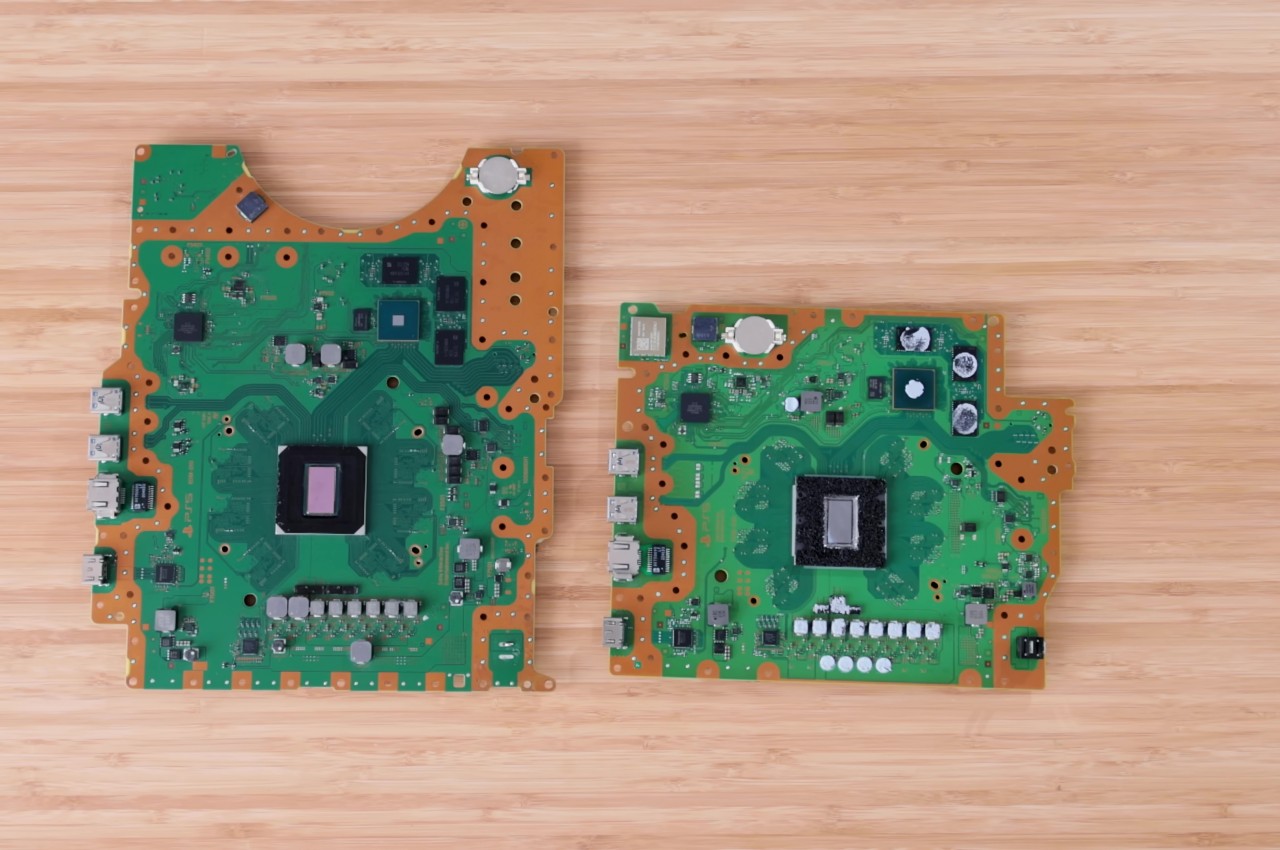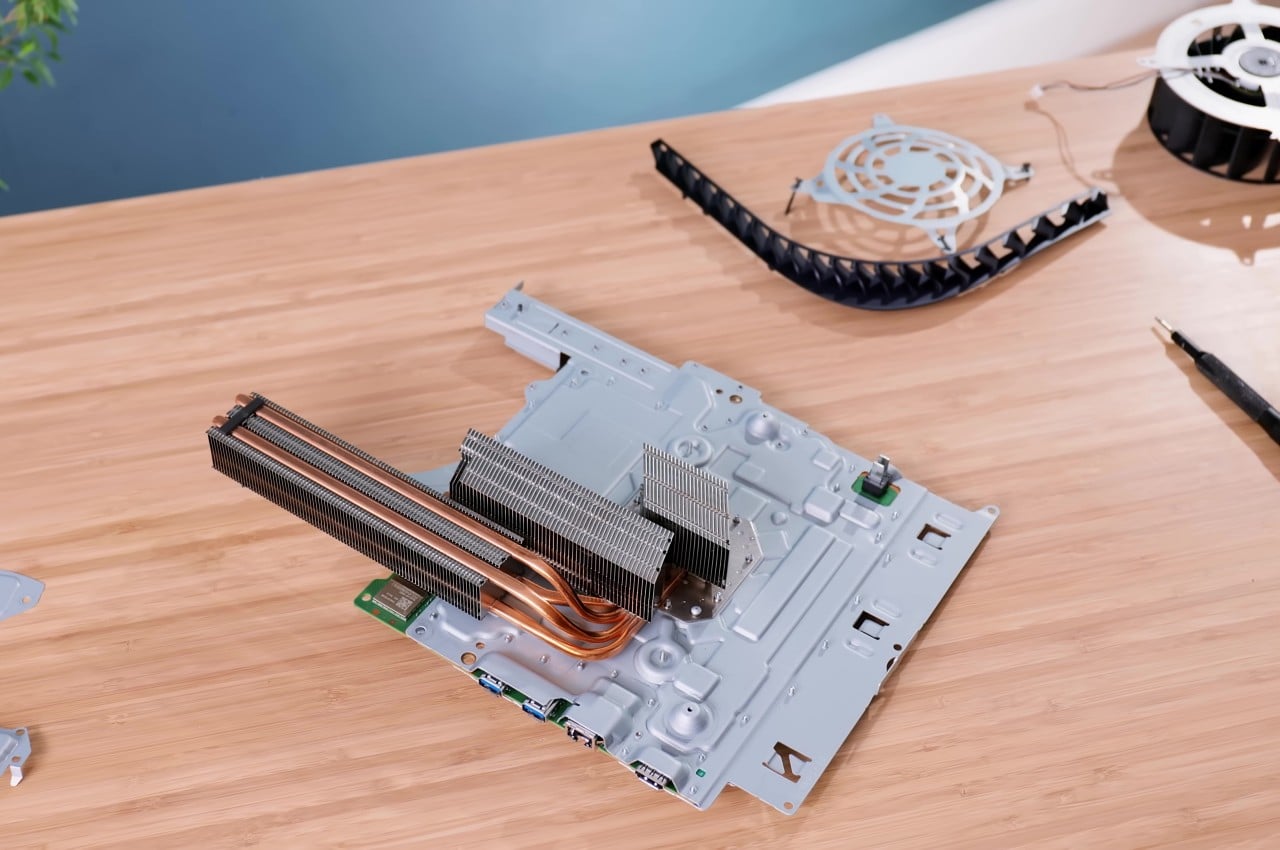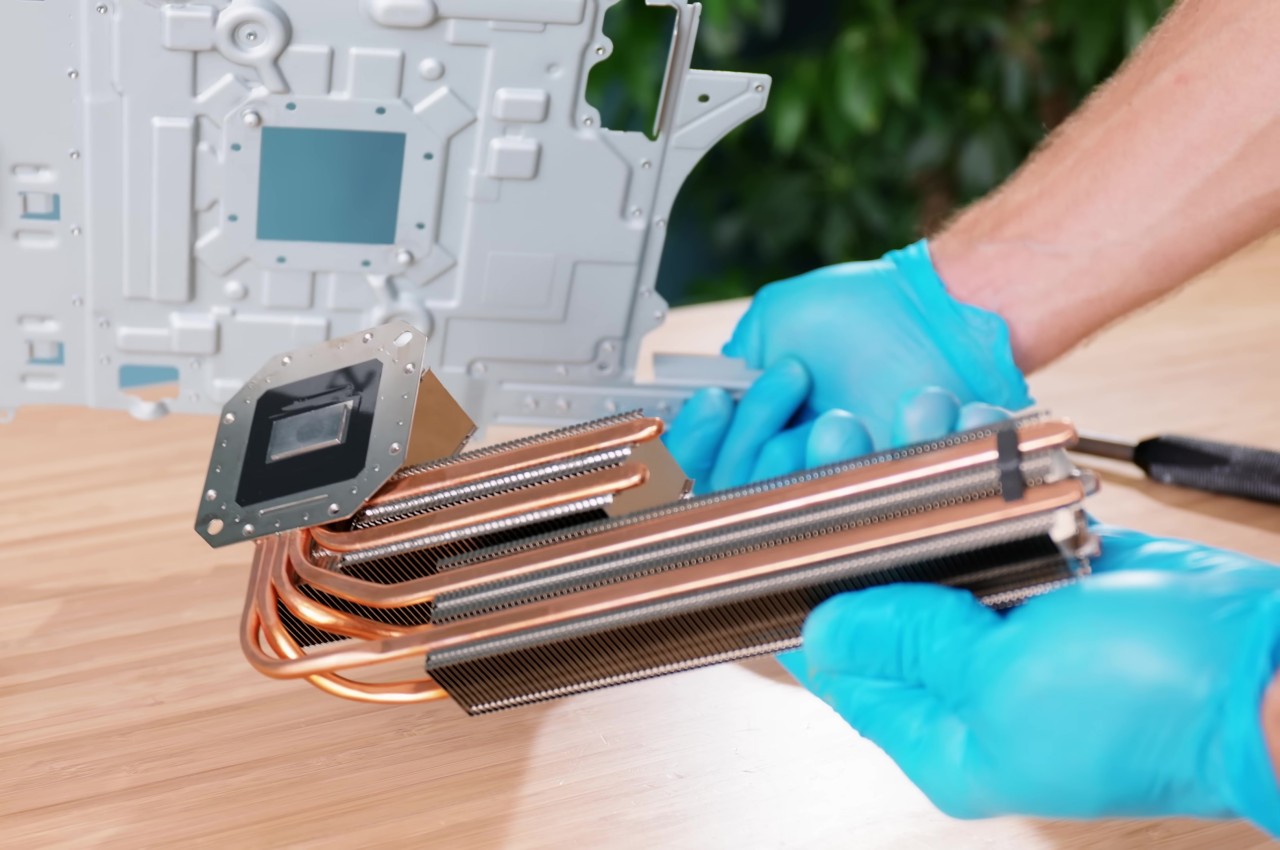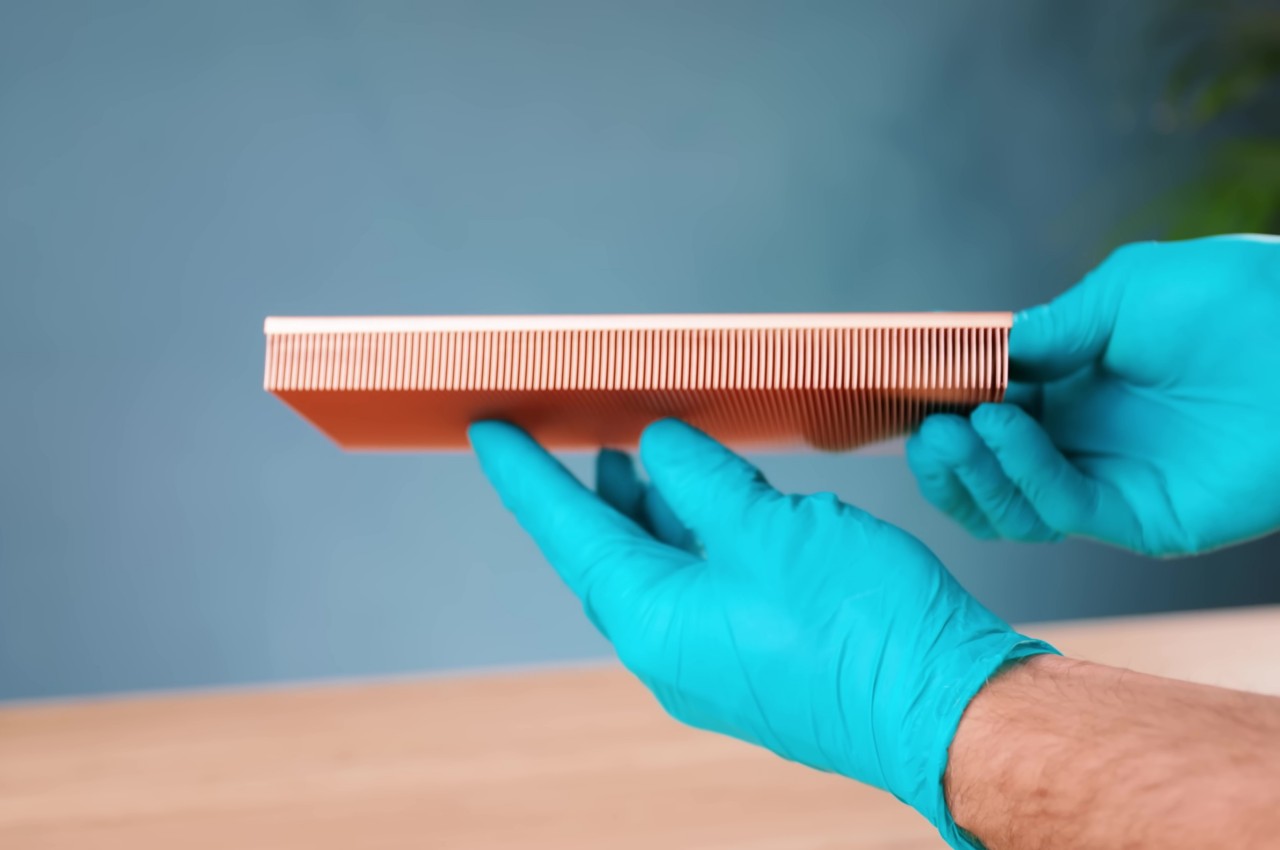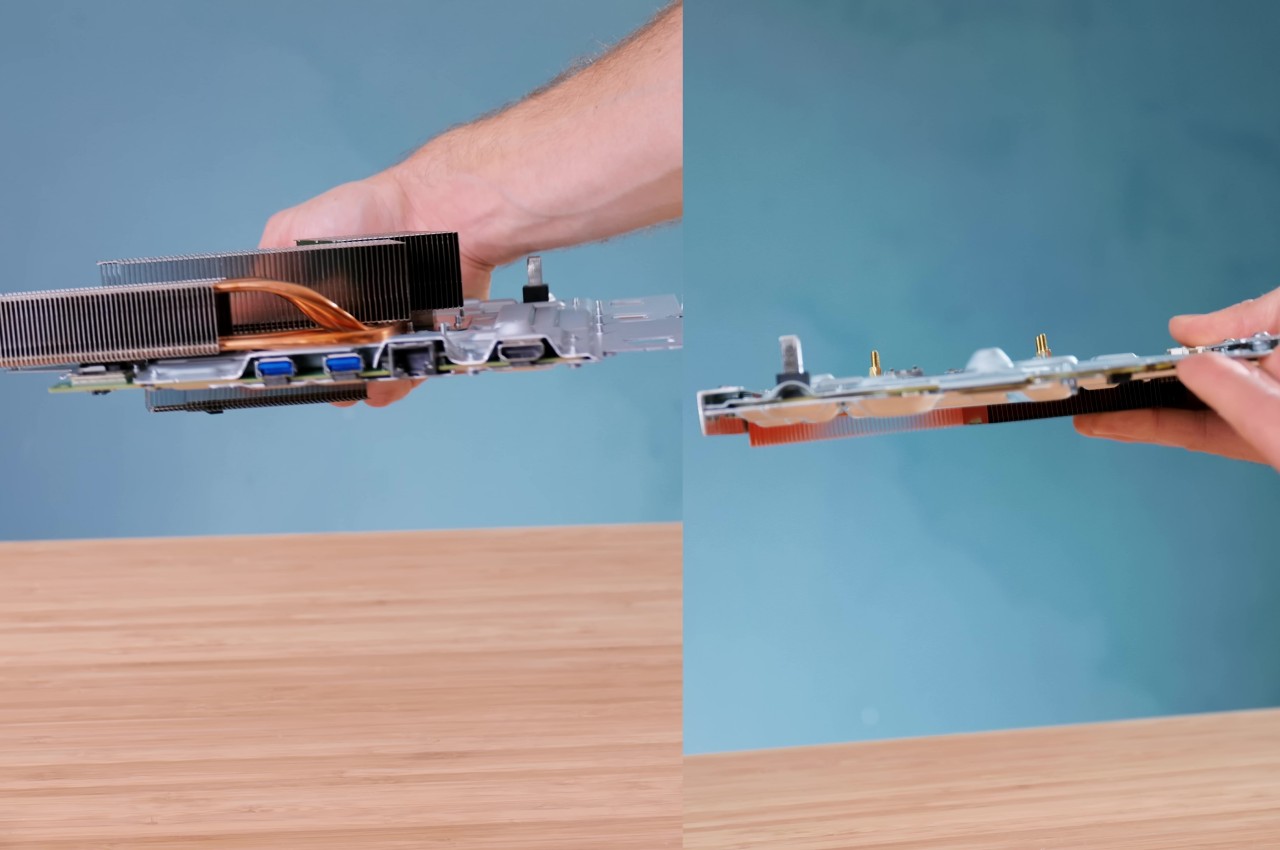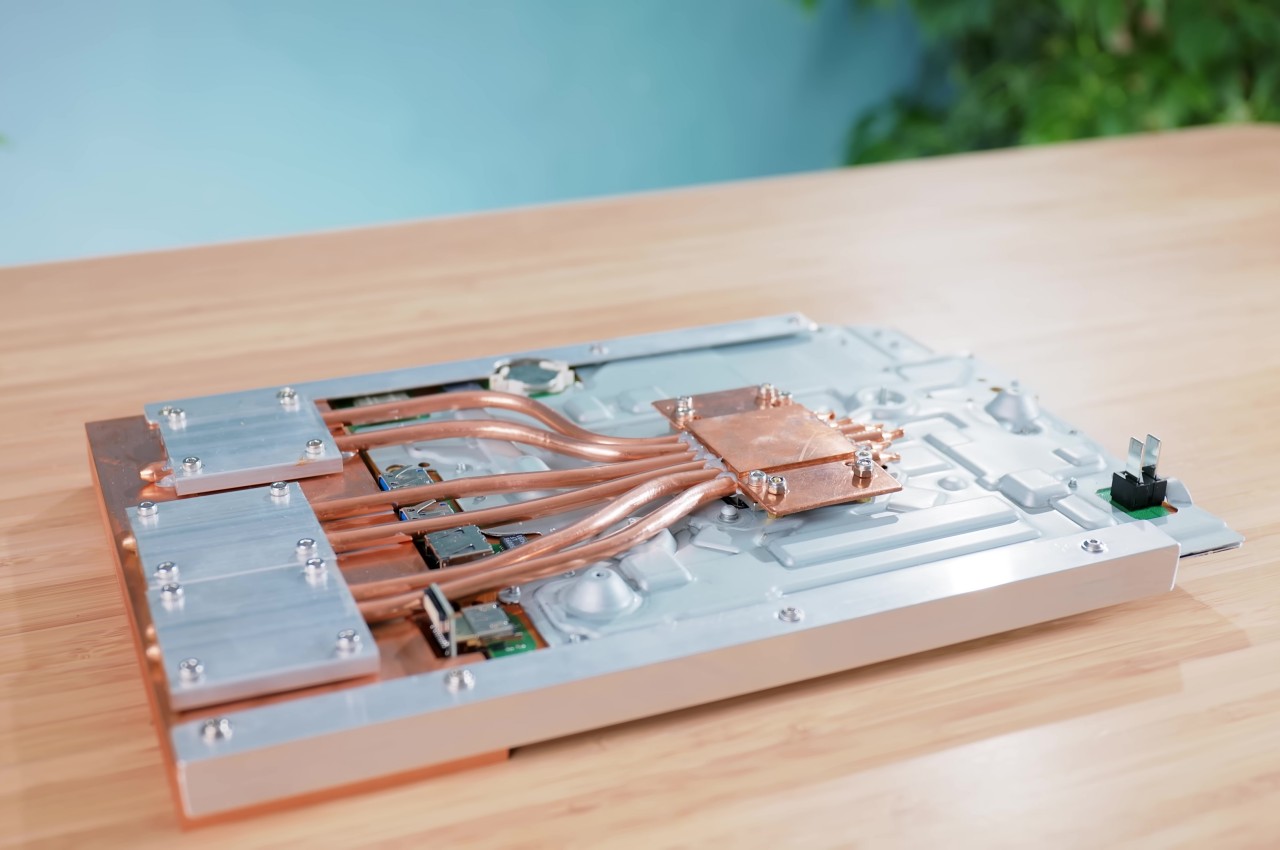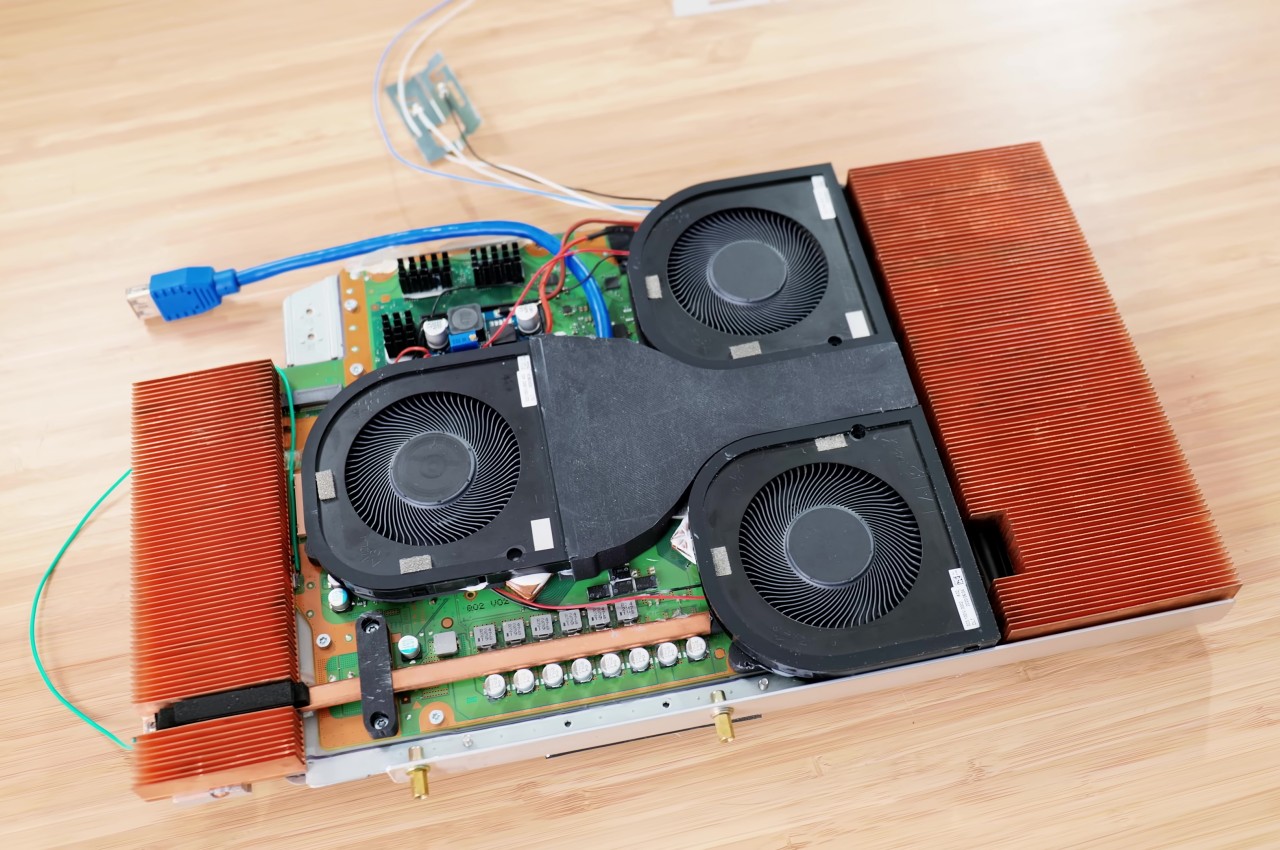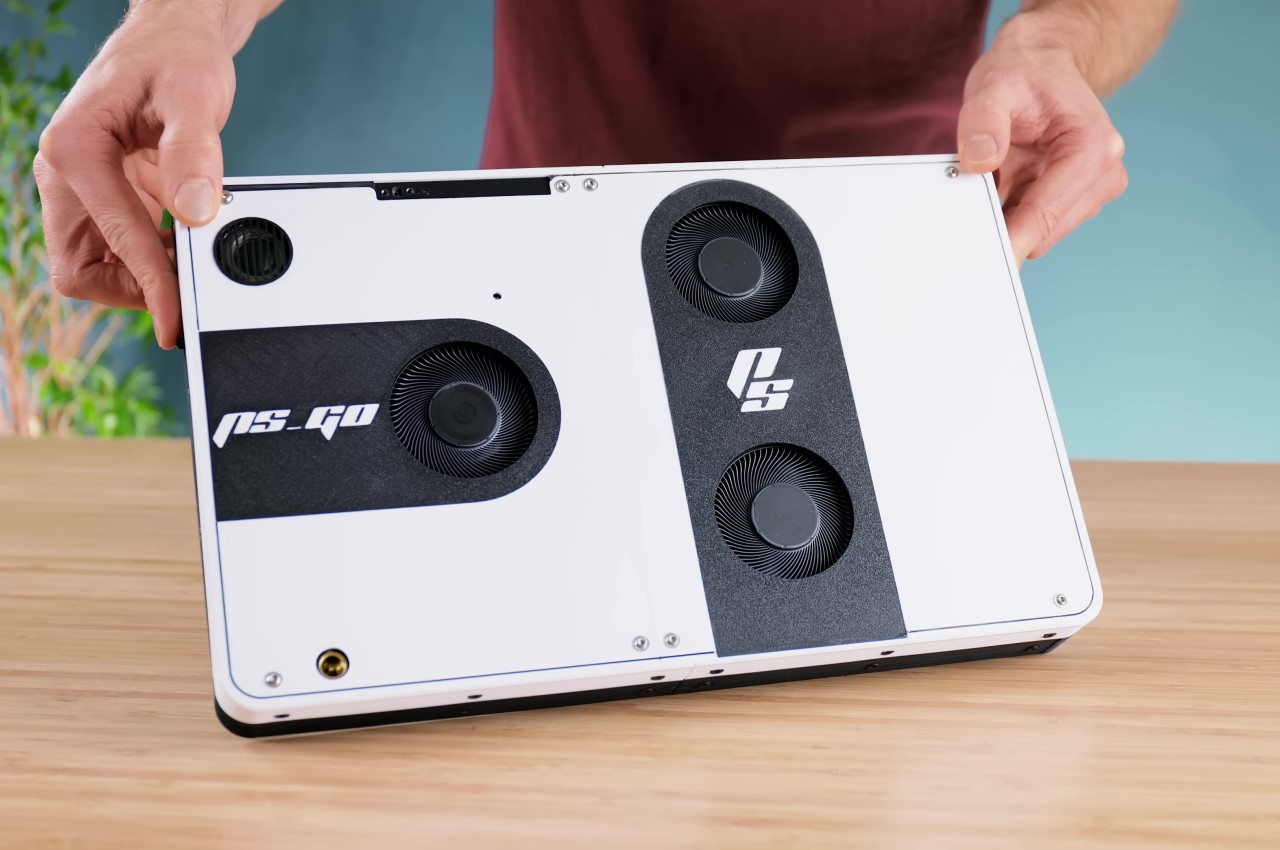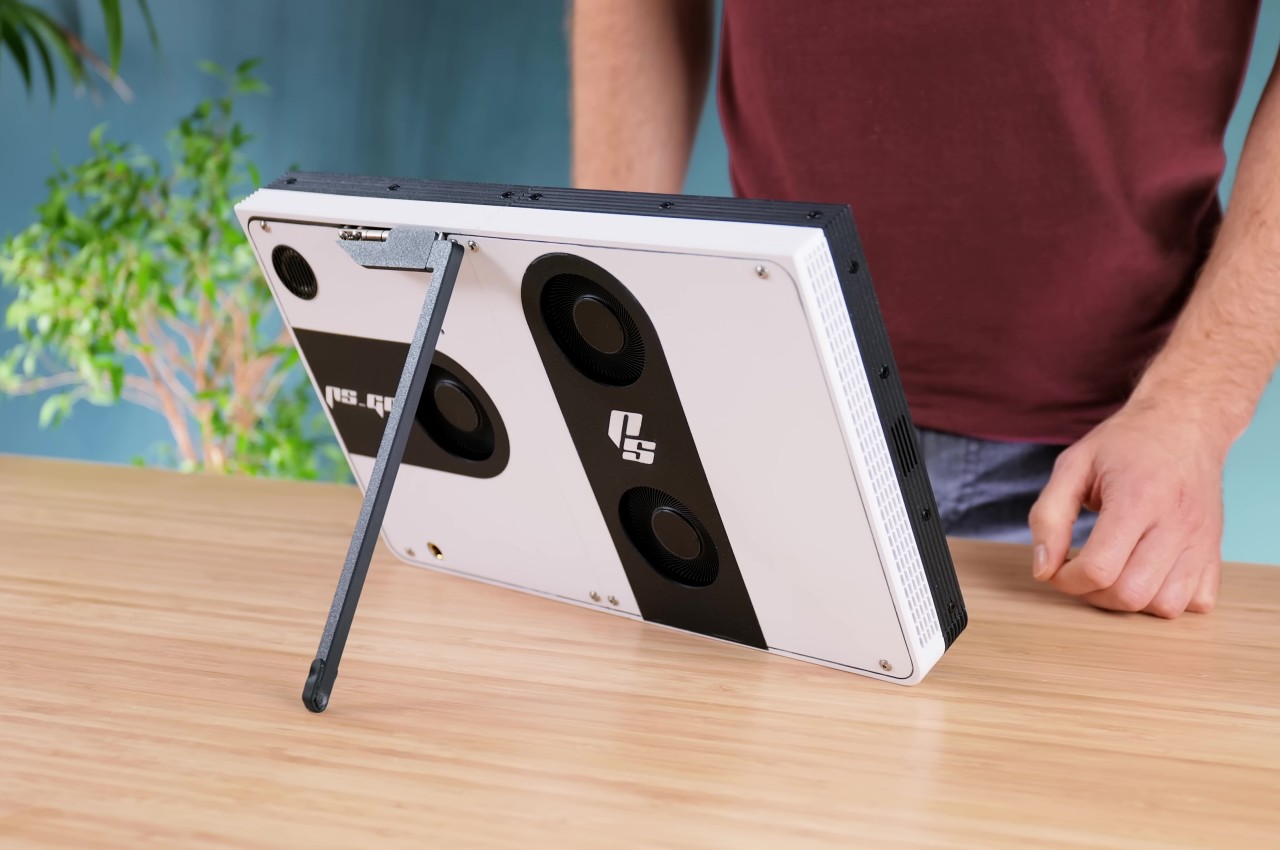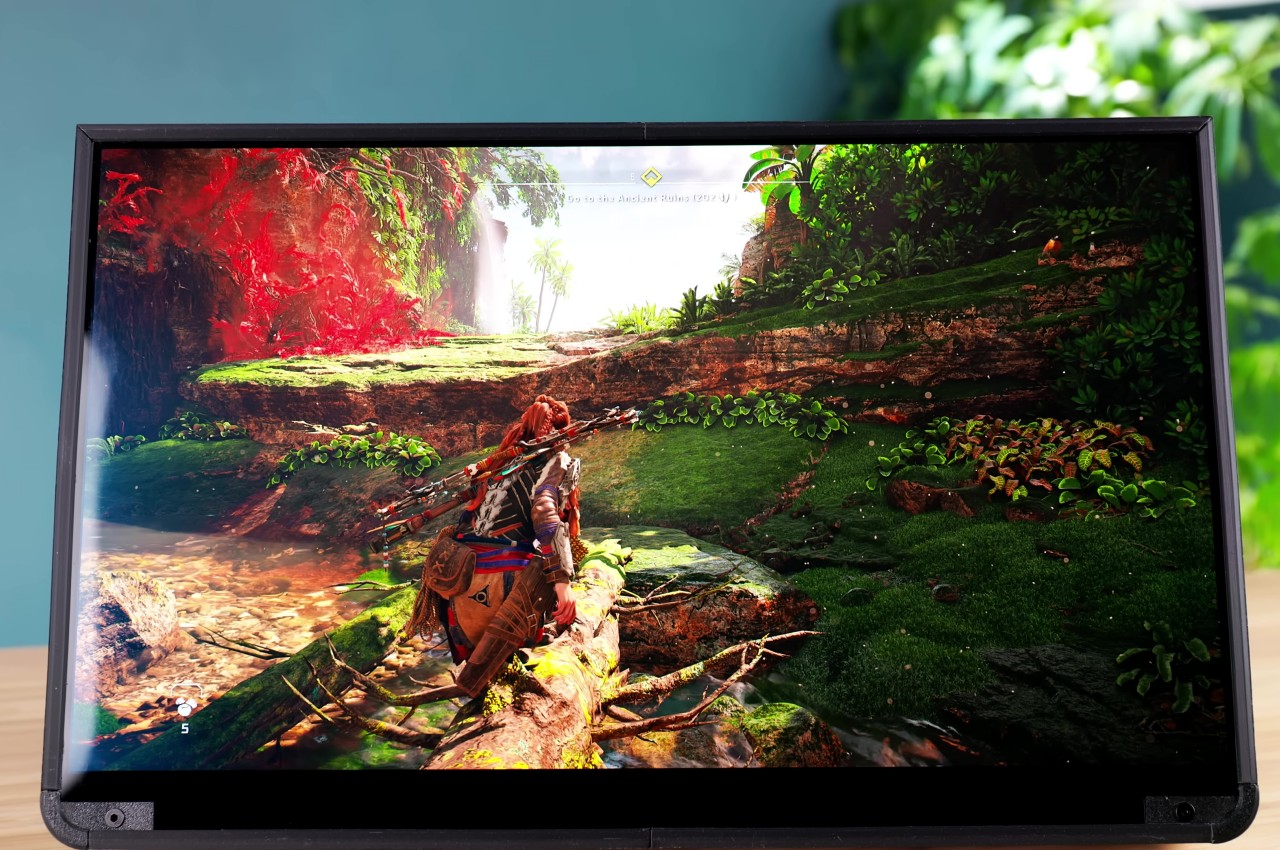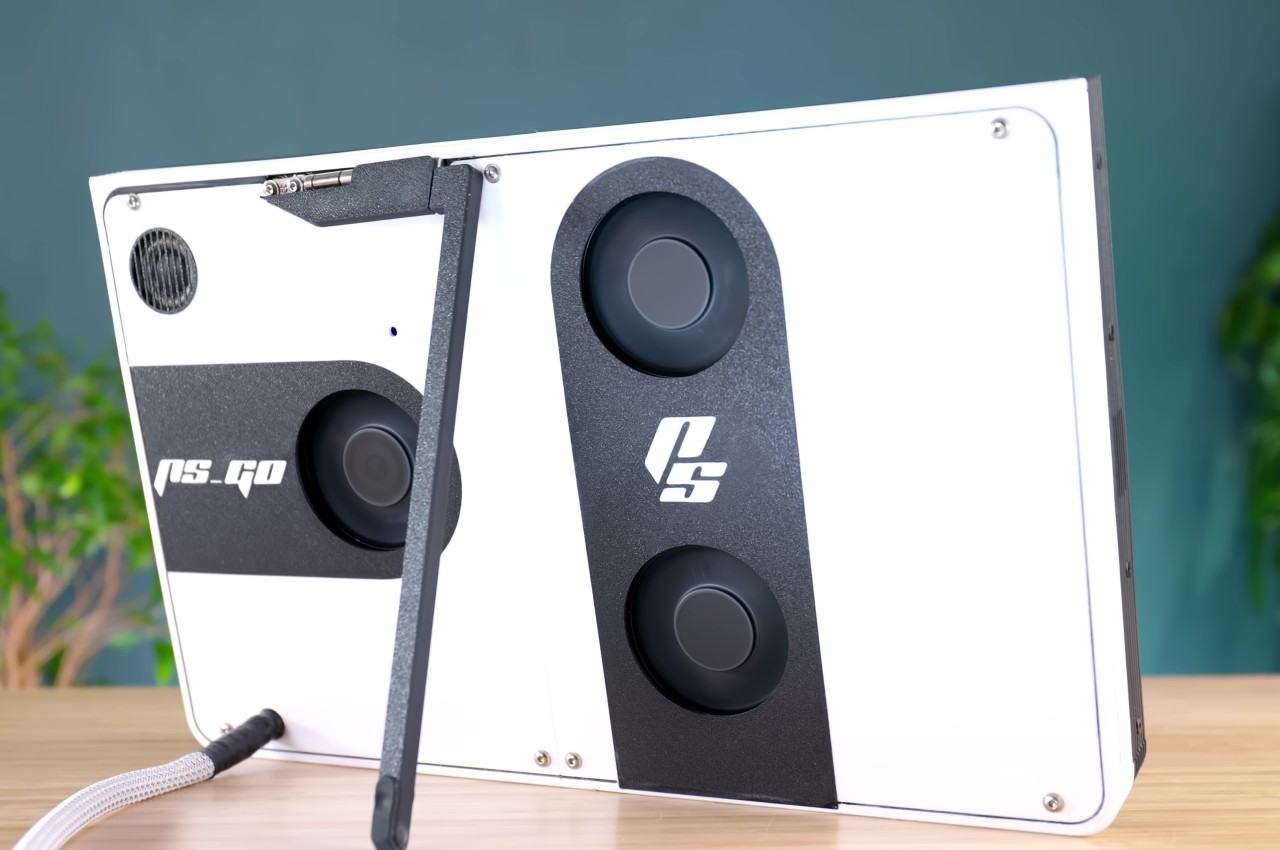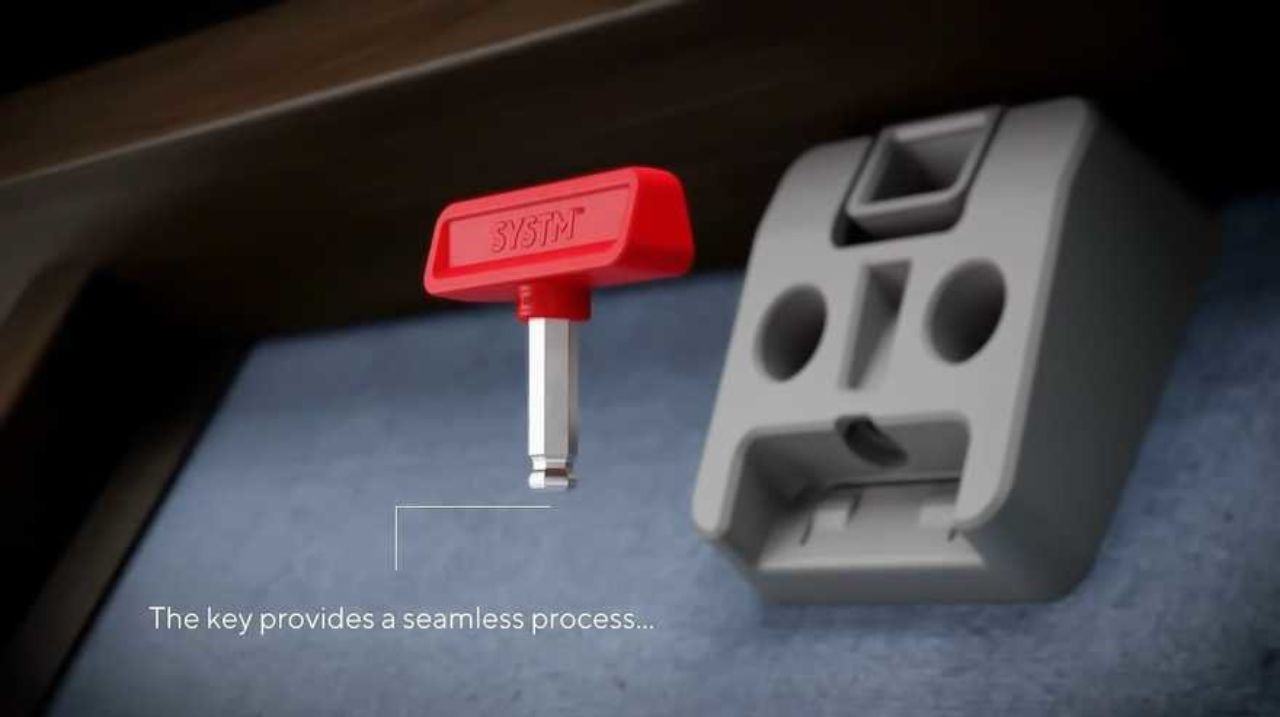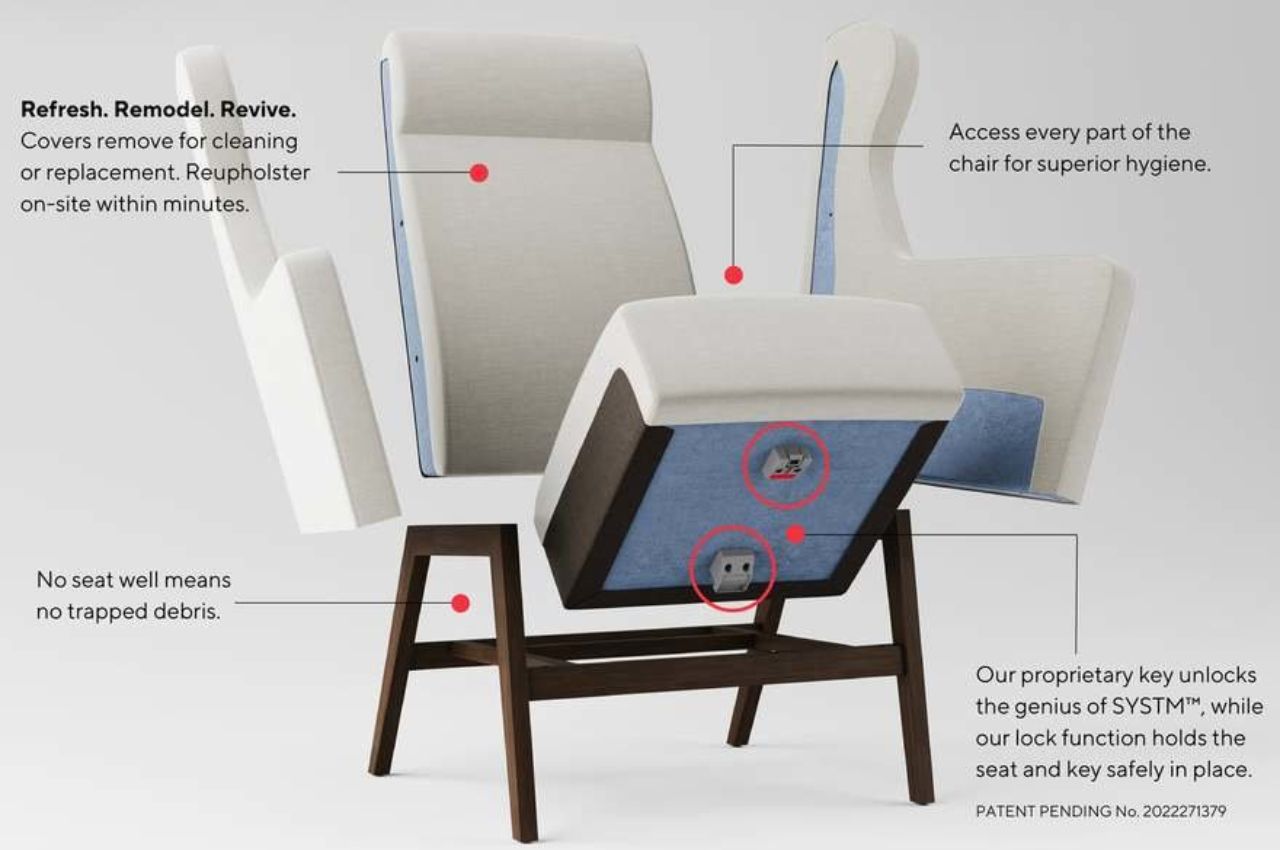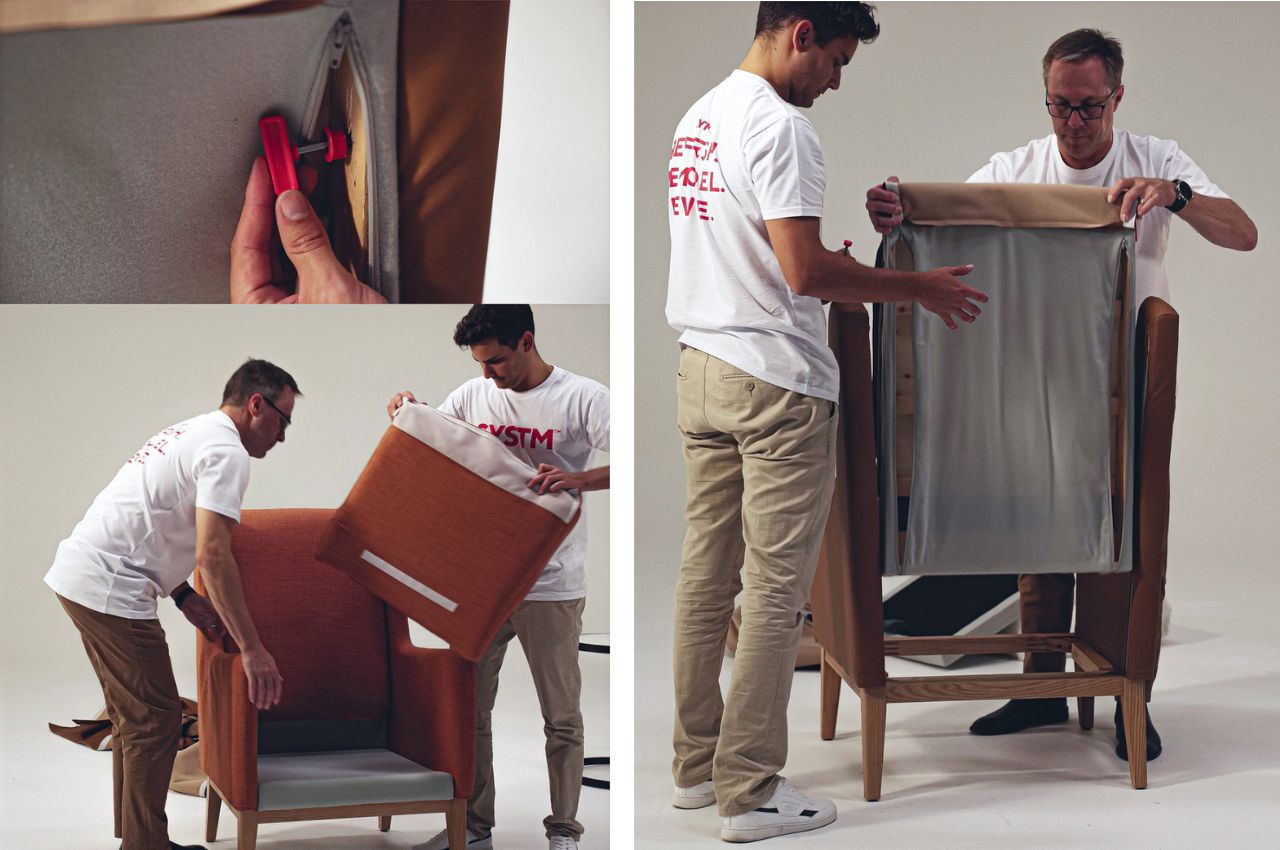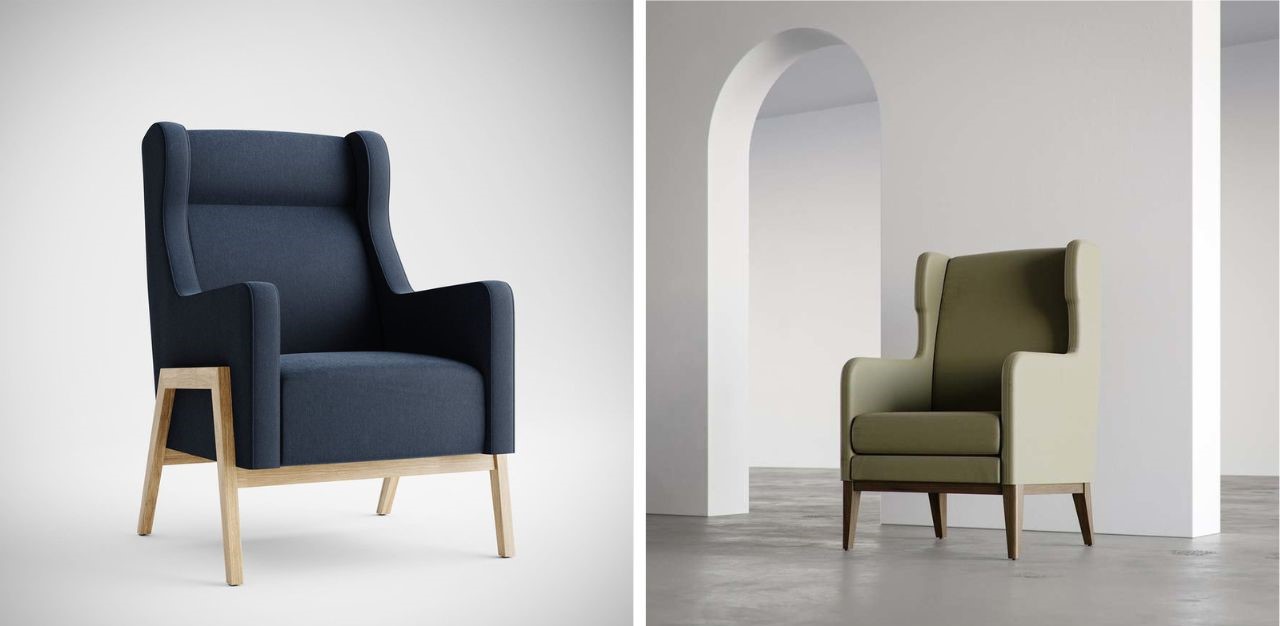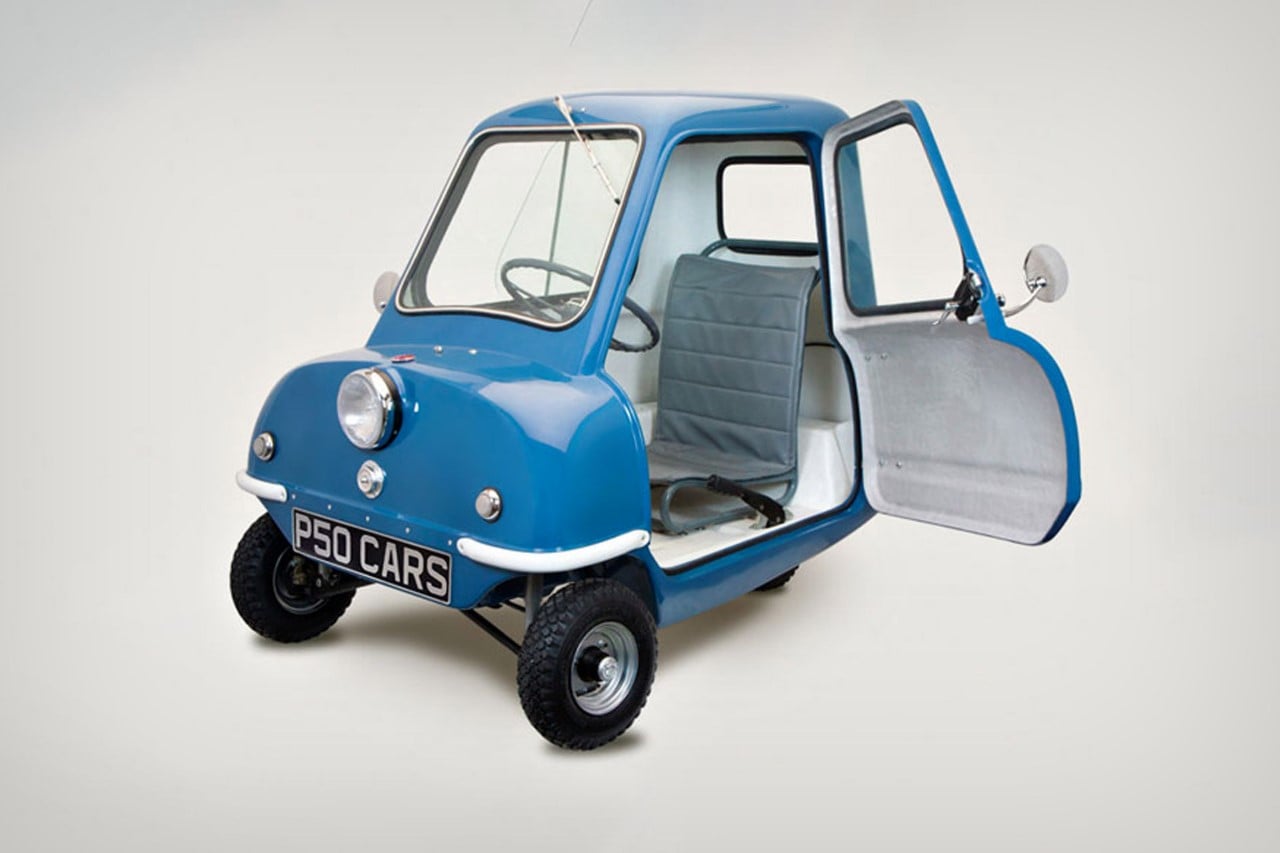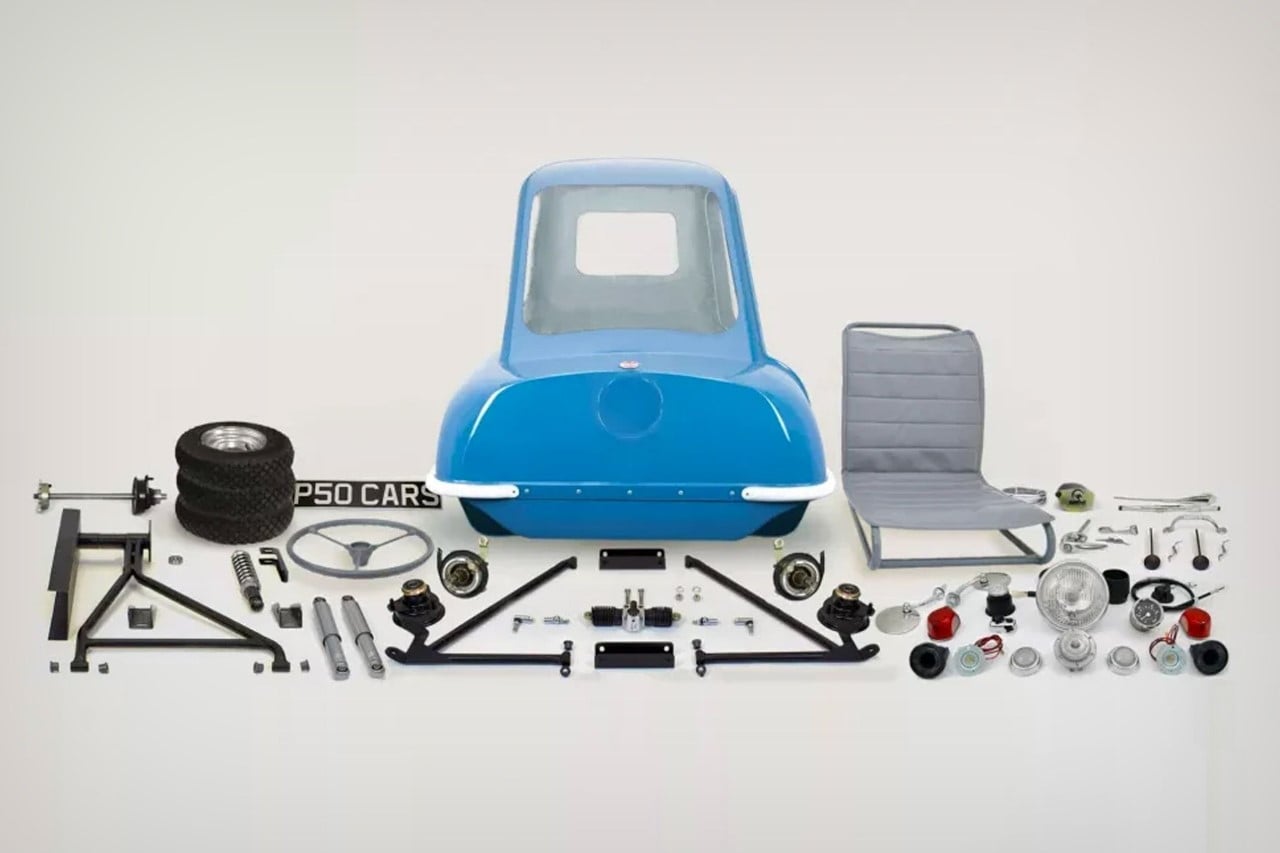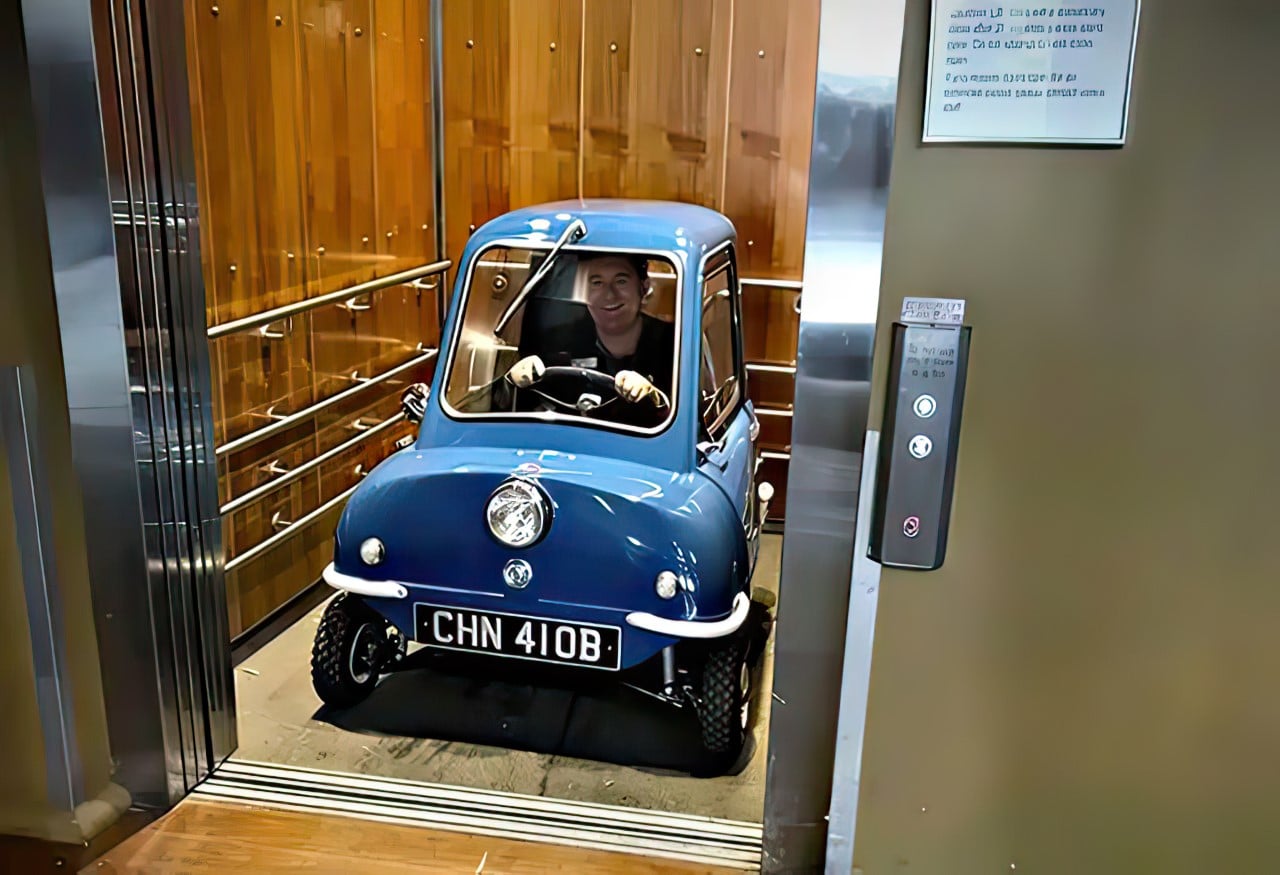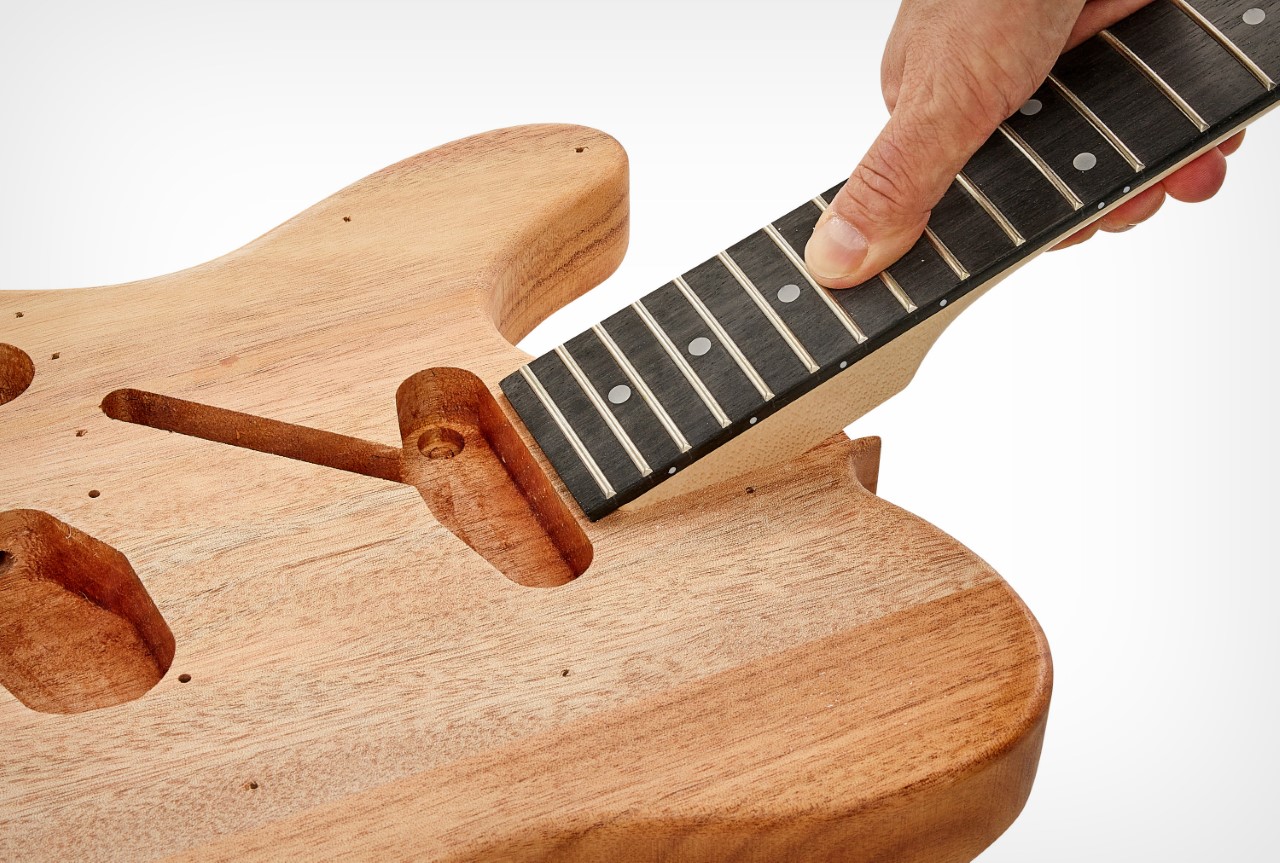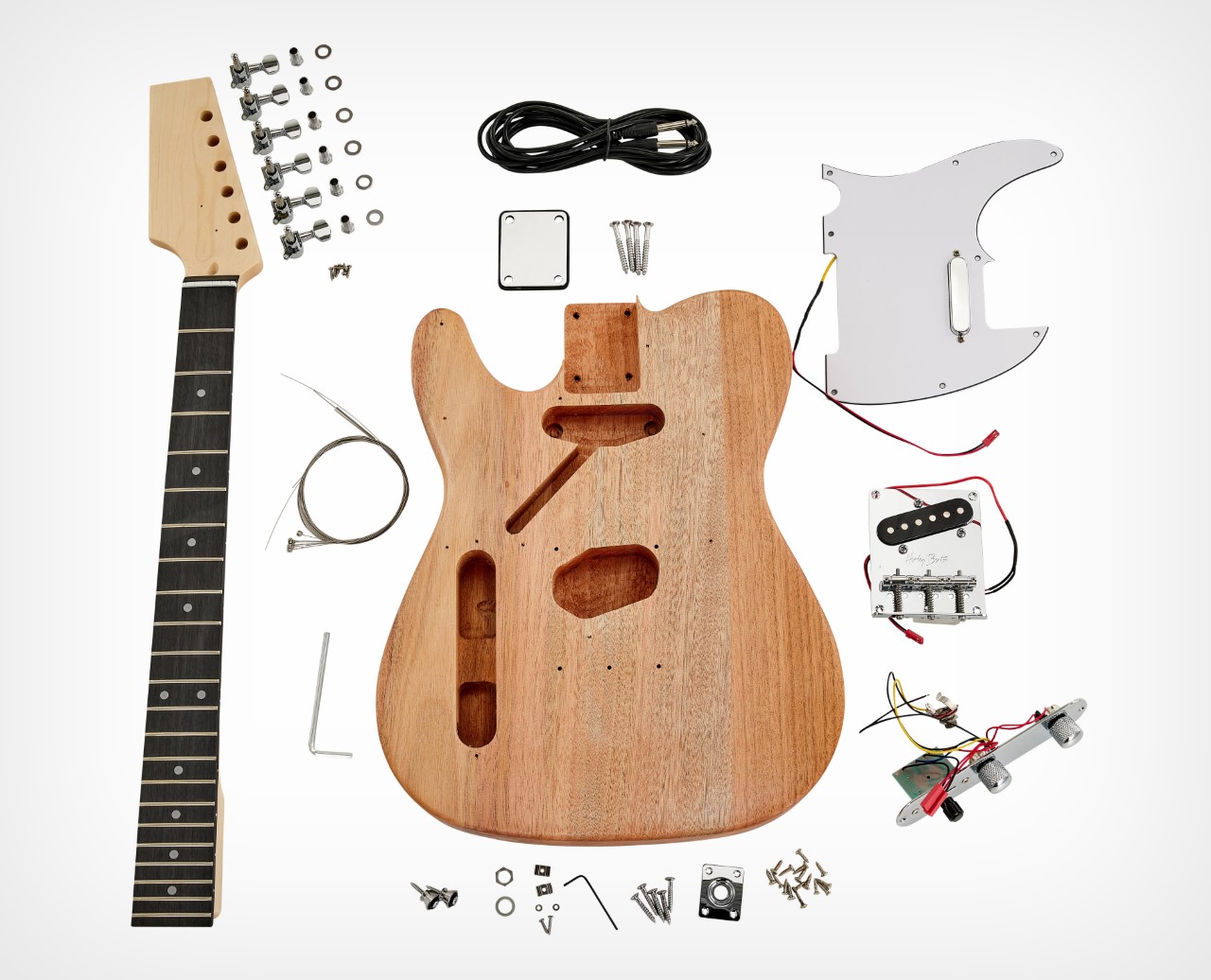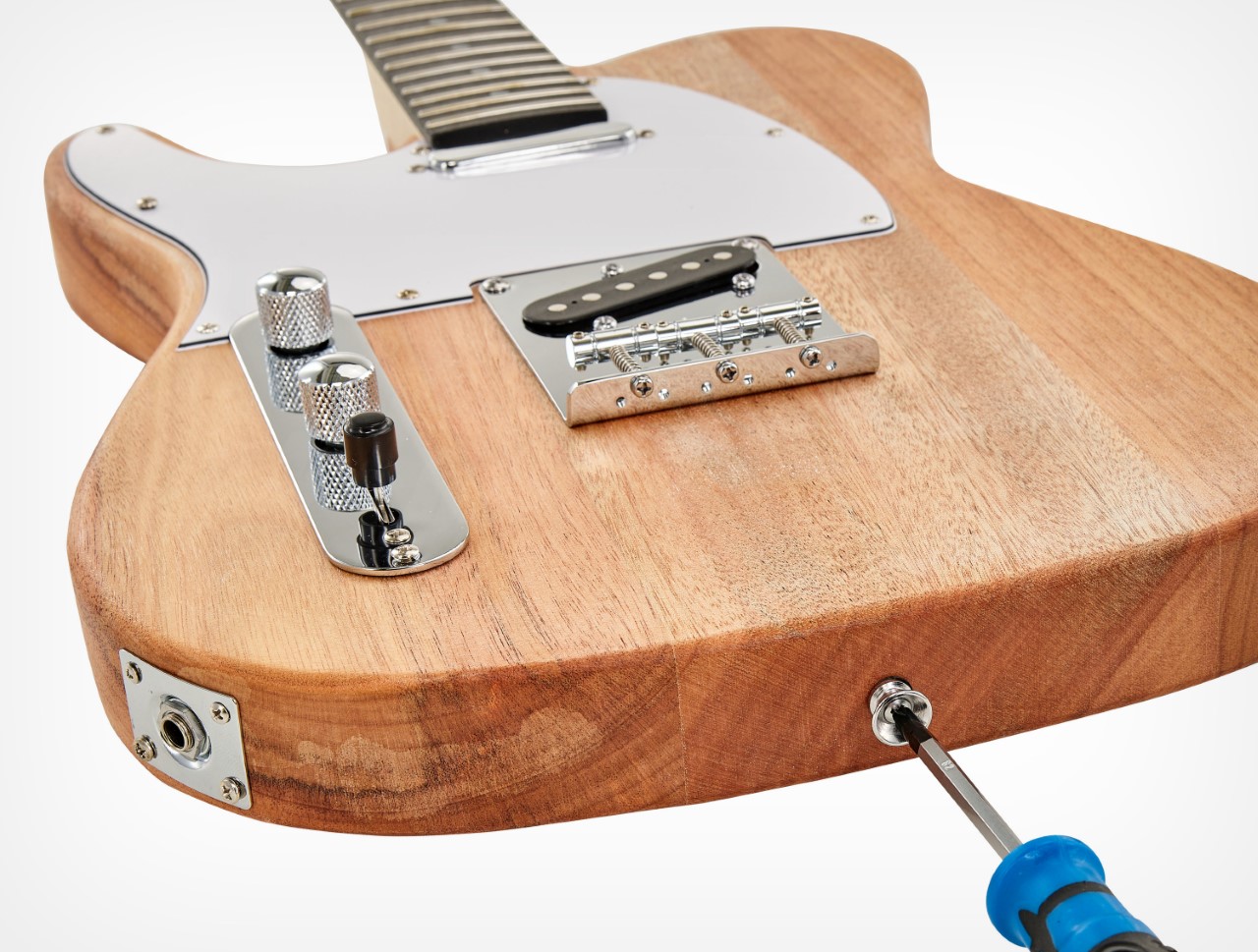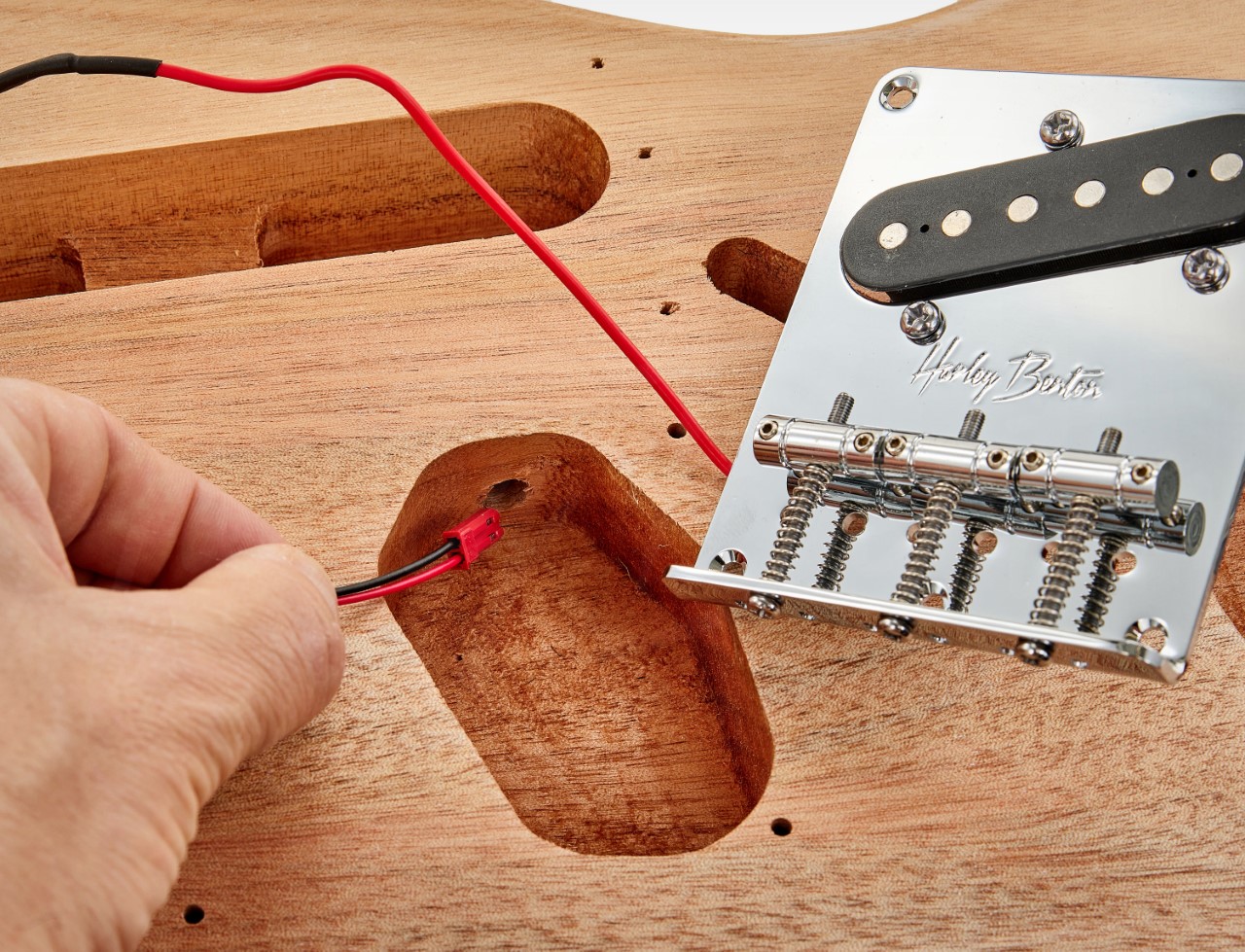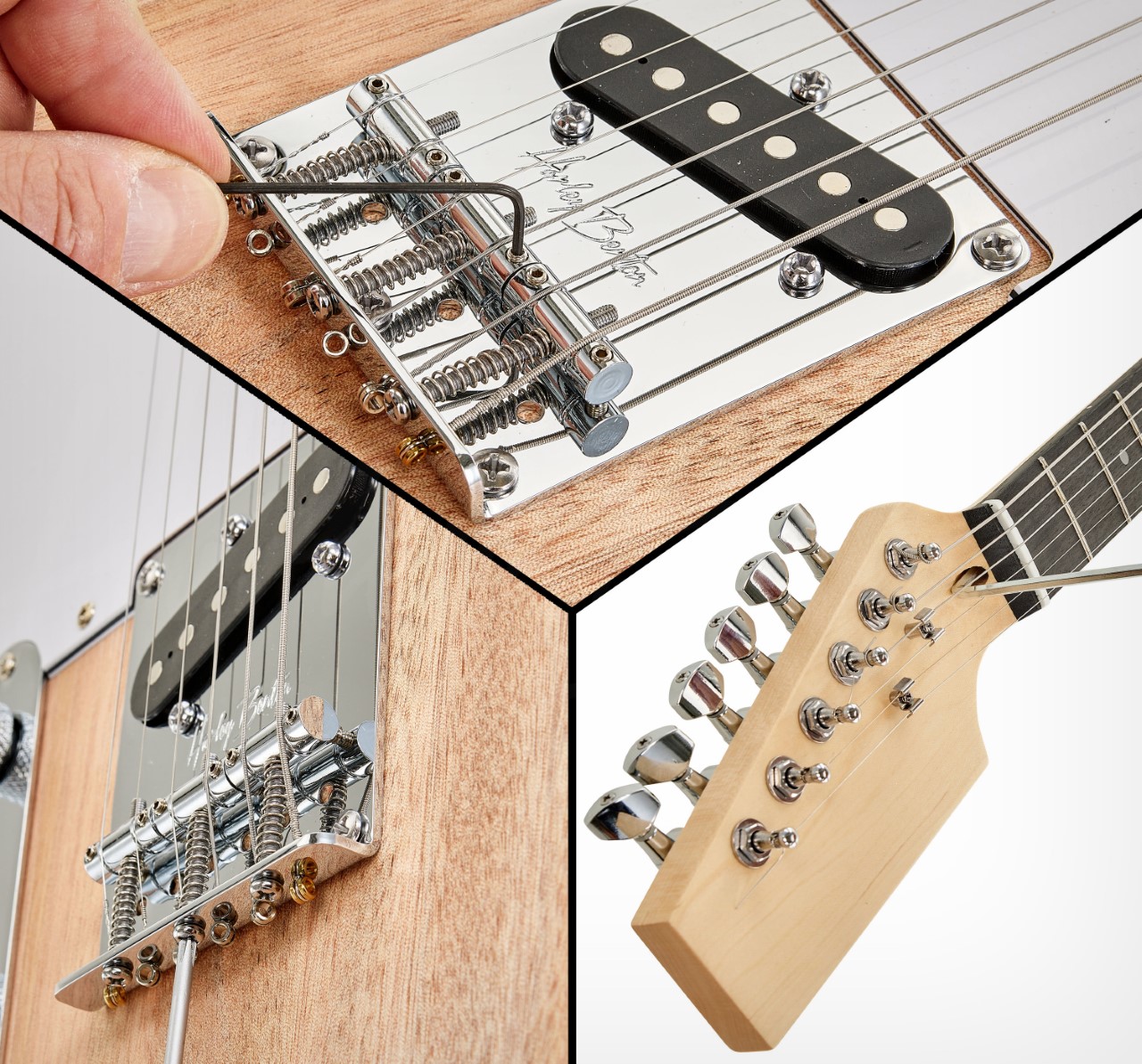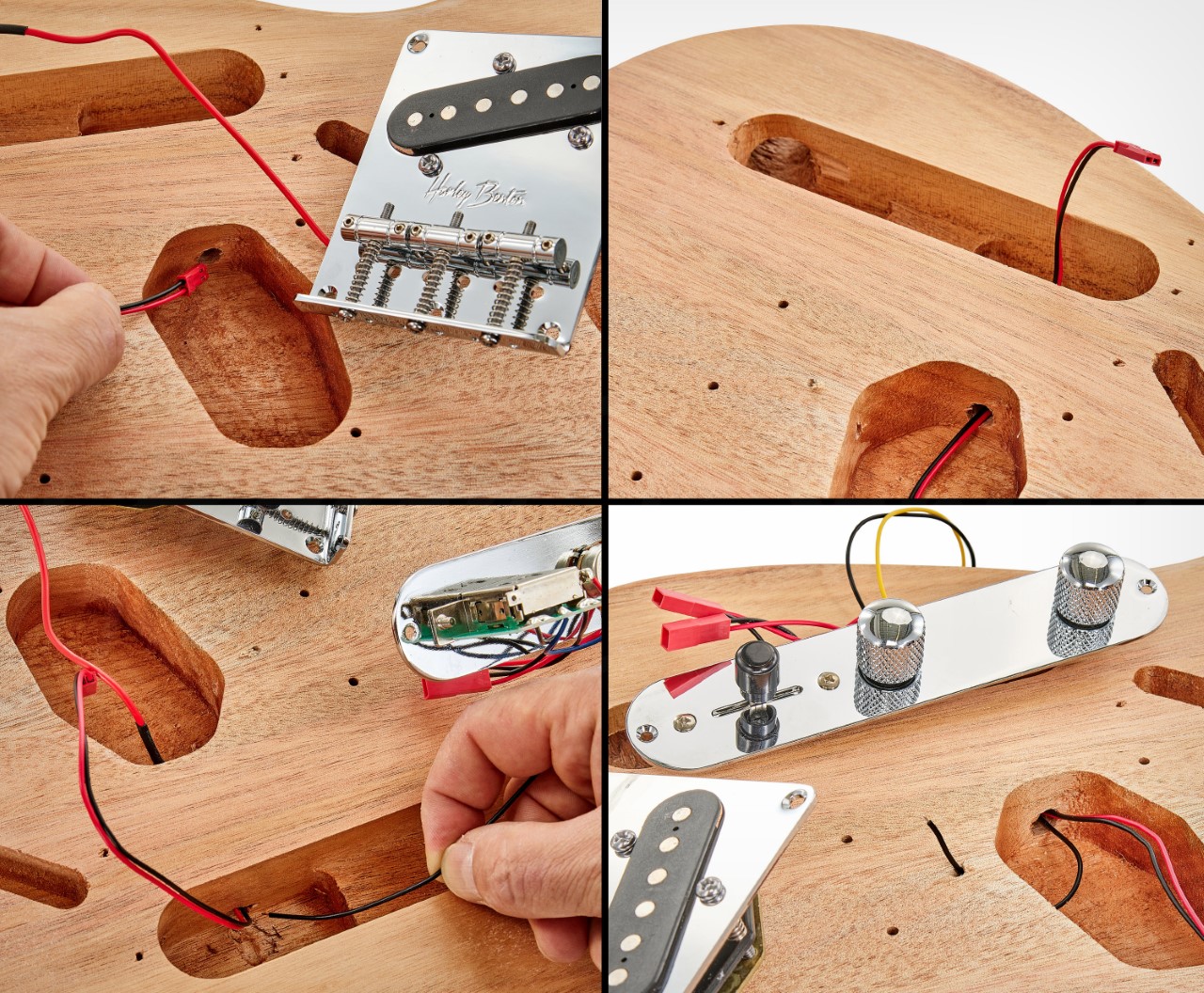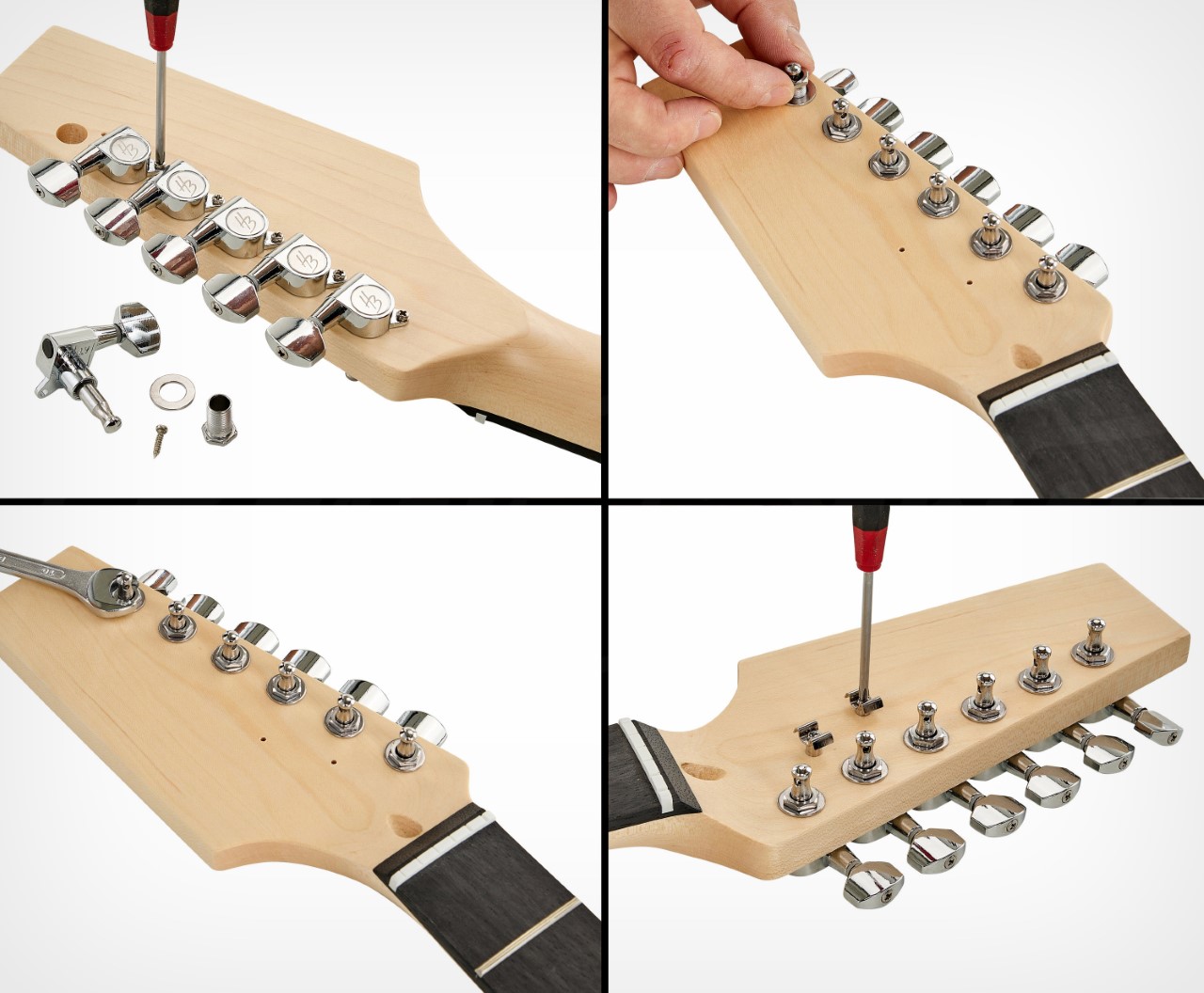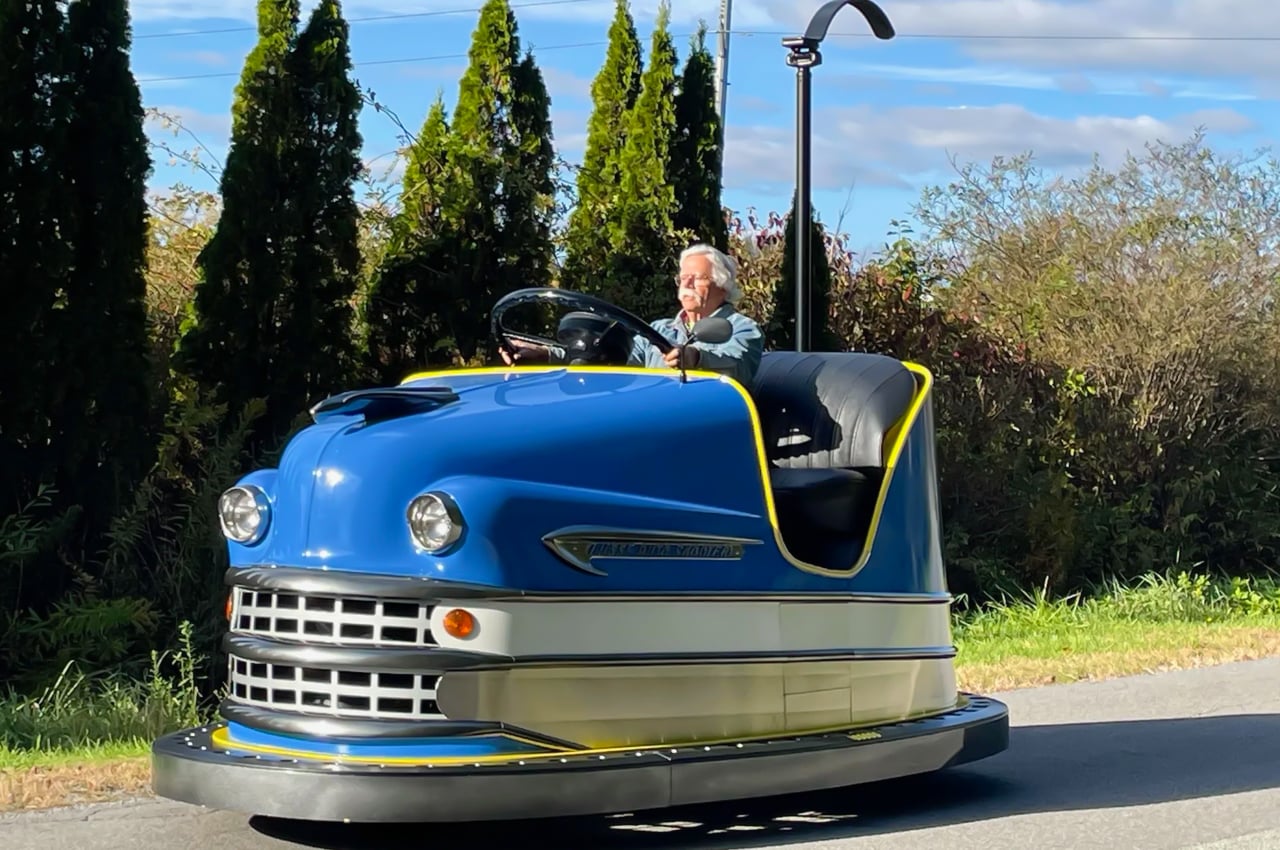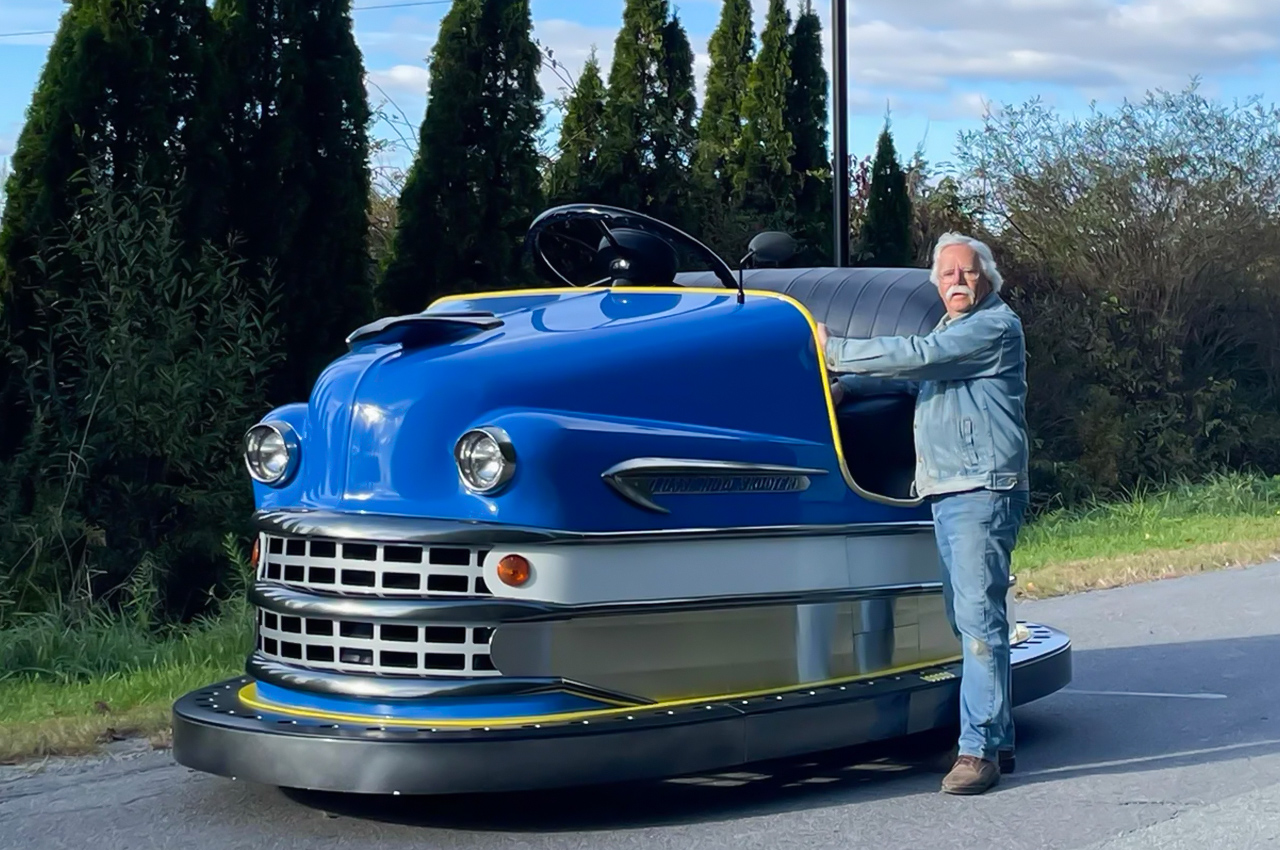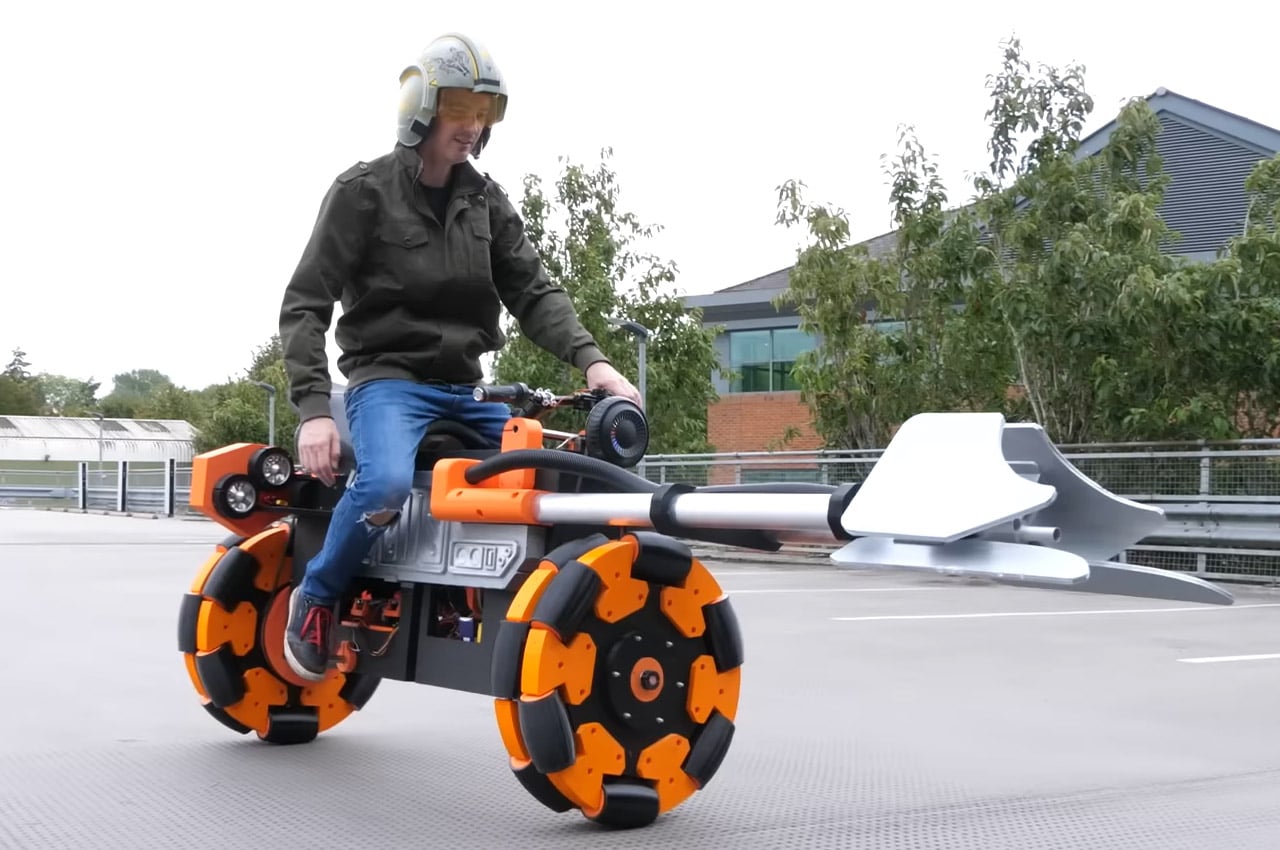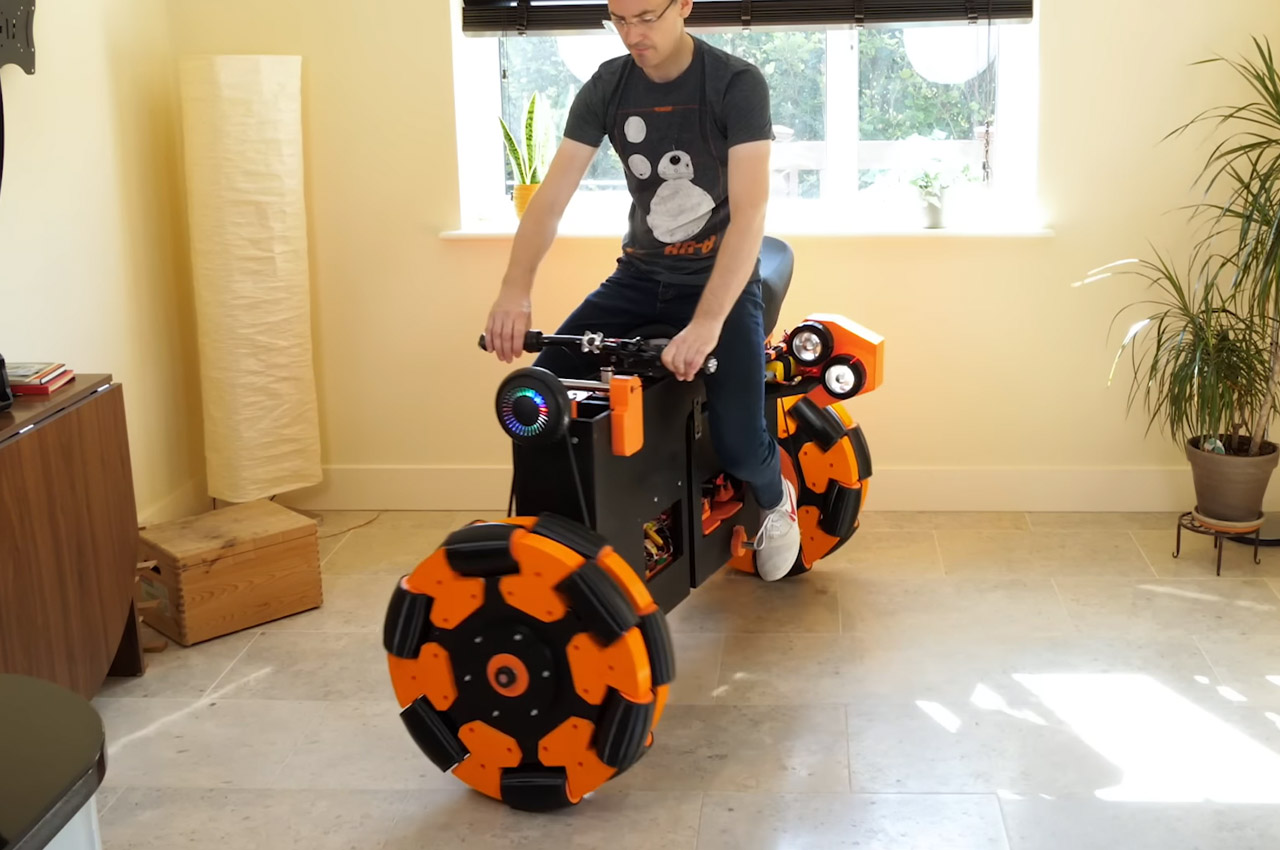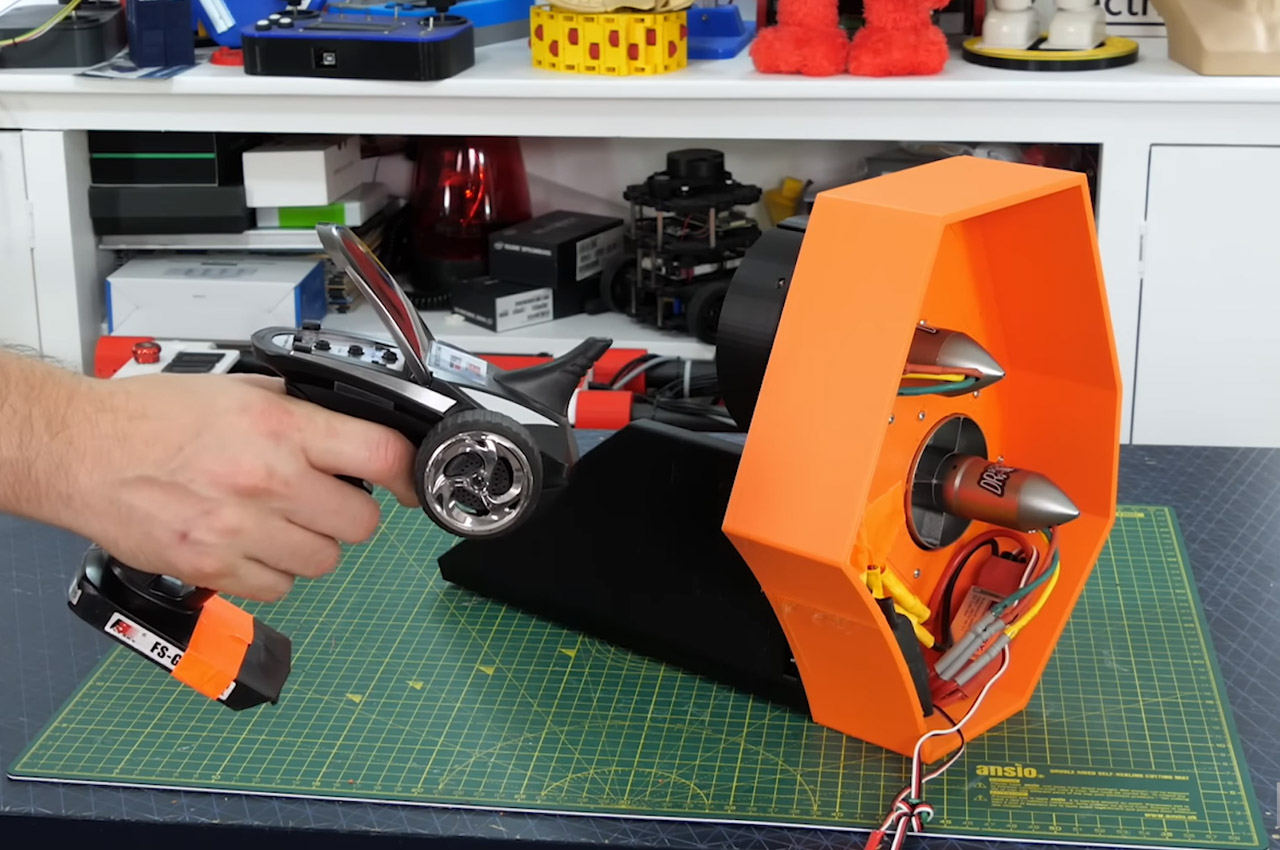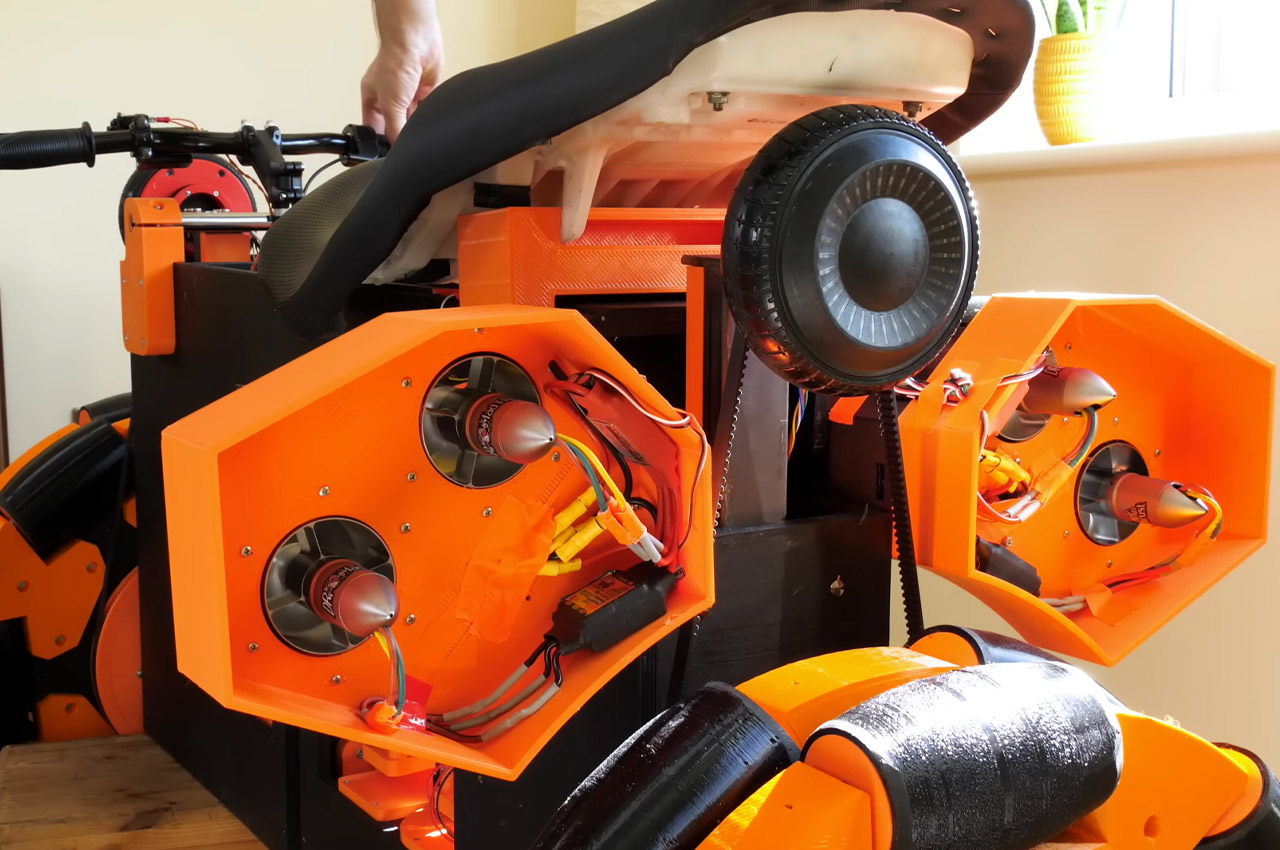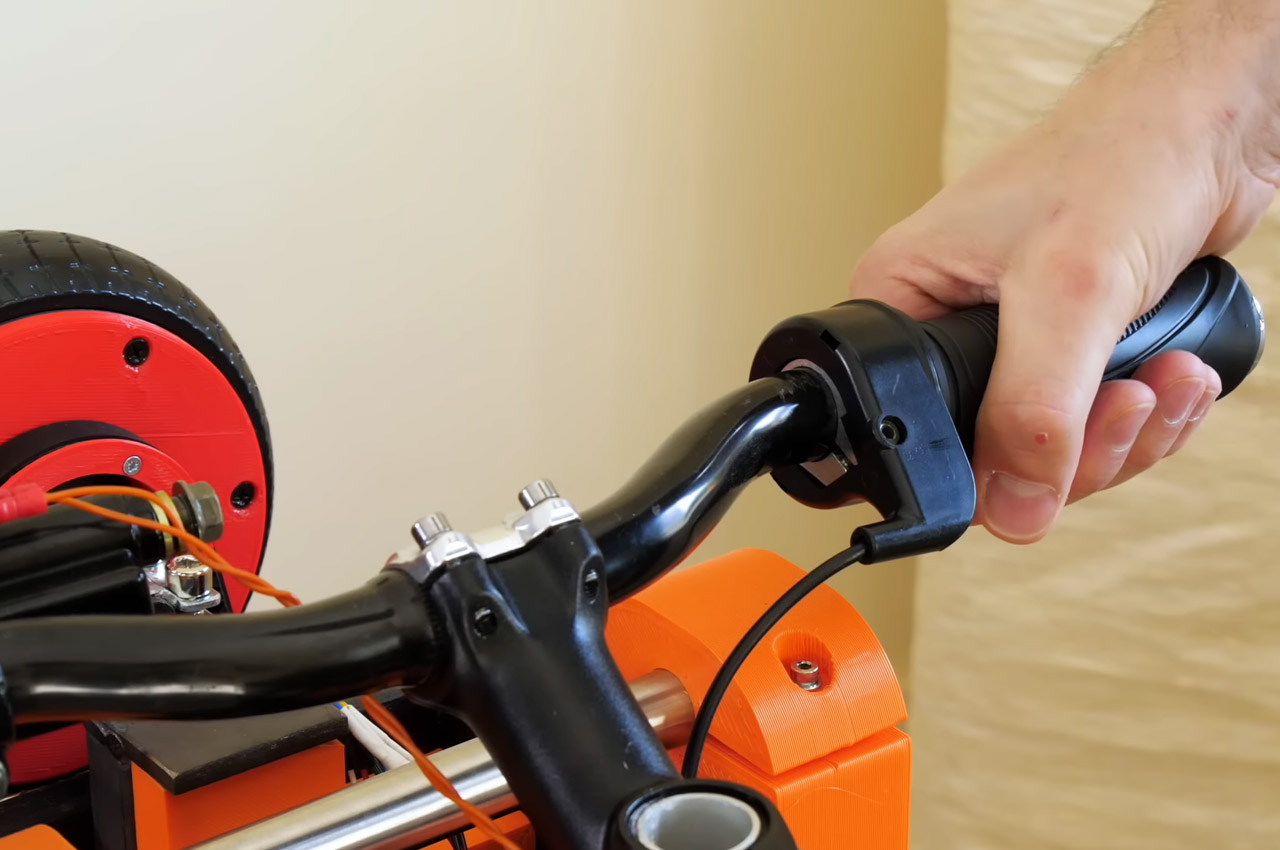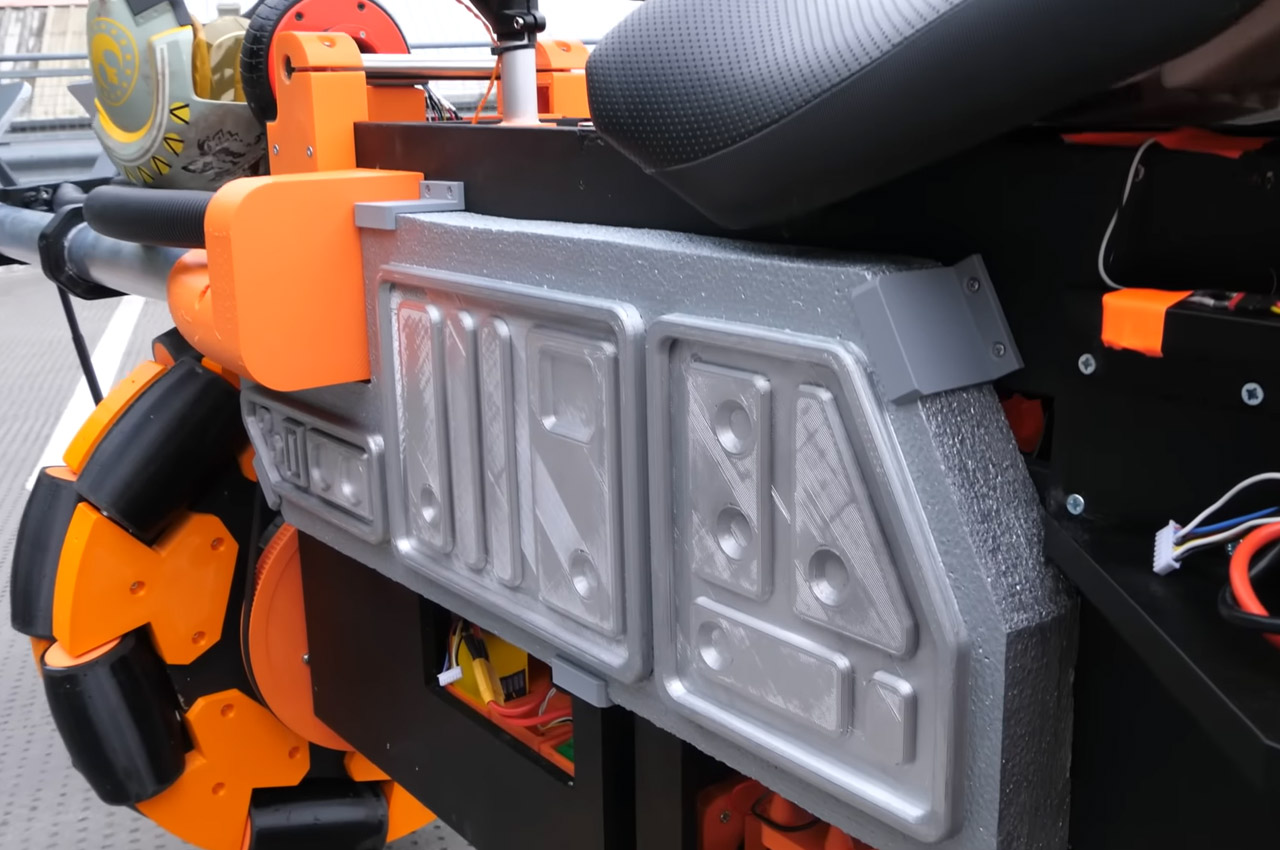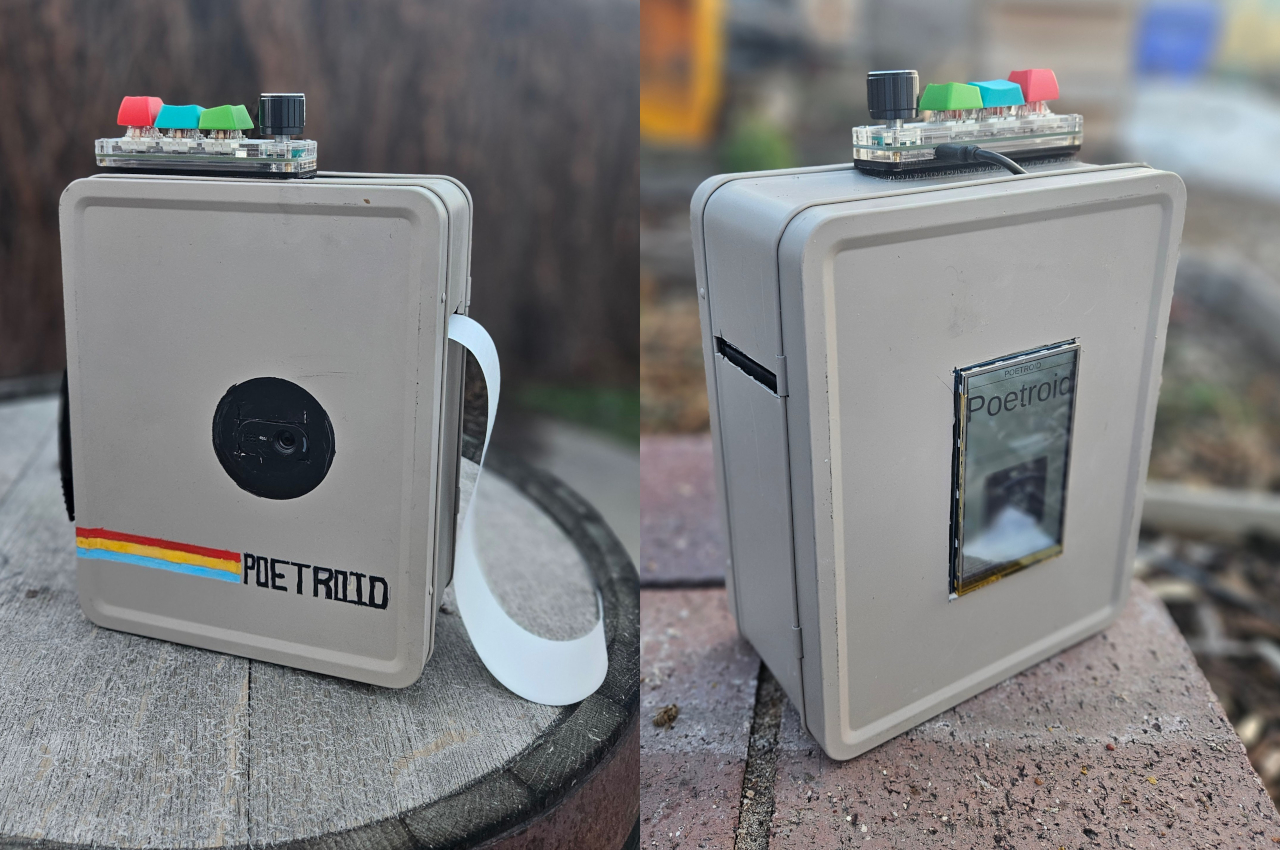
AI today powers many devices and services with mixed results. Some produce truly mind-blowing images, captivating narratives, and critical information that help drive cars, vacuum cleaners, and robots. Sometimes, those very same AIs are abused for selfish gains or nefarious purposes. In both cases, it proves that AI, impressive as it may be, is just a tool that can be used for good or for ill, depending on who’s wielding it. Or it could also be used for fun, whimsical projects that, while not exactly advancing the field, turn those rather mundane AI applications into delightful experiences. This DIY Polaroid-inspired camera, for example, does take pictures, but what it prints out isn’t a flat facsimile of the three-dimensional but instead spits out an interpretation expressed in words filtered through the minds of digital poets.
Designer: Sam Garfiedl (sam1am)

Two of the most controversial uses of AI today revolve around images and words, both of which tread gray legal areas. Image generators are infamous for taking well-worded prompts and turning them into images that truly look professional, though sometimes end up looking like an artist’s copyrighted work. On the opposite side of the spectrum are AIs that churn out essays and articles that also border on plagiarism.
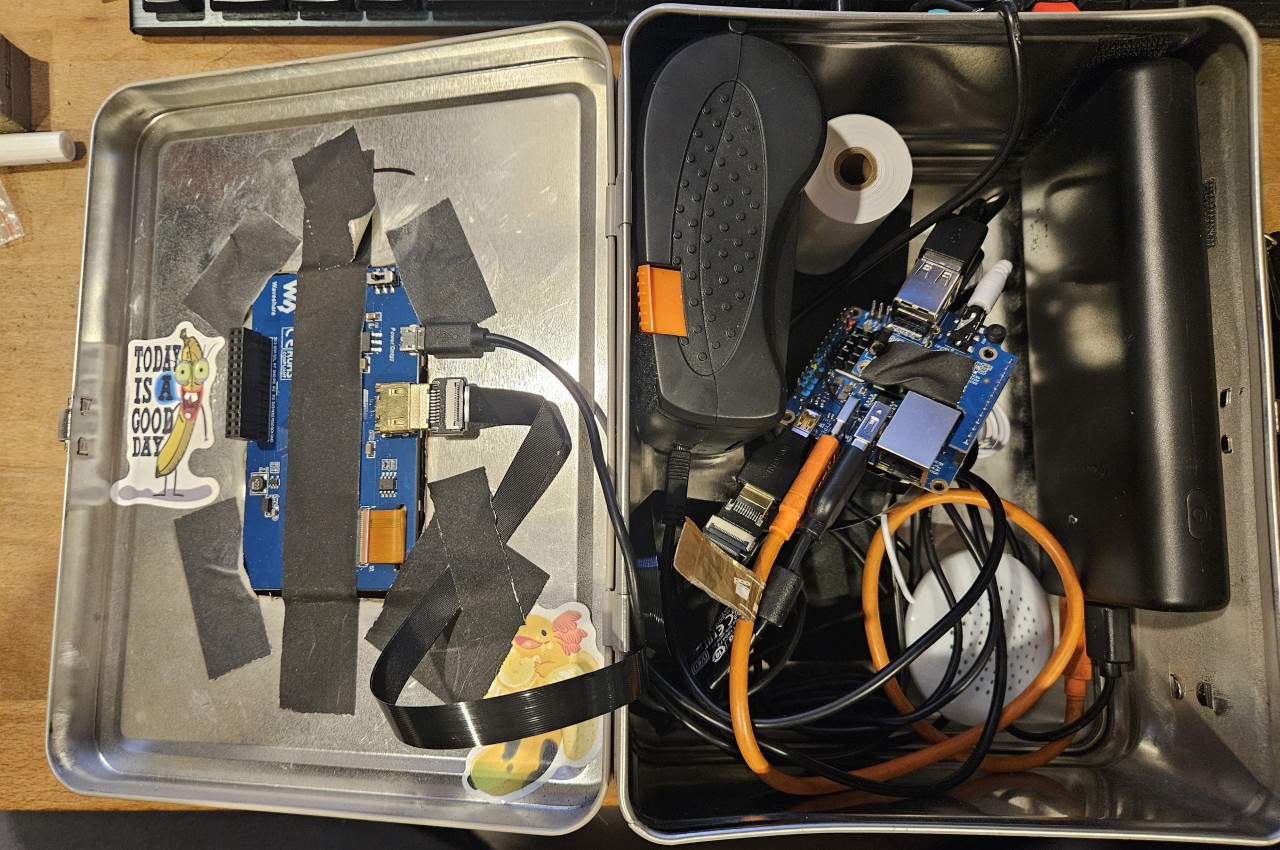
The Poetroid, thankfully, won’t be treading those same waters. It does turn images into words, but nothing that can really be attributed to copyrighted material. In a nutshell, this rather crude-looking DIY camera sees the world through a webcam and then produces sheer poetry, literally, based on the object it sees. After all, there is perhaps no better way to truly capture the spirit of a flower, a fruit, or a pizza than with a mosaic of metaphors mixed together in a “mellifluous meter.”
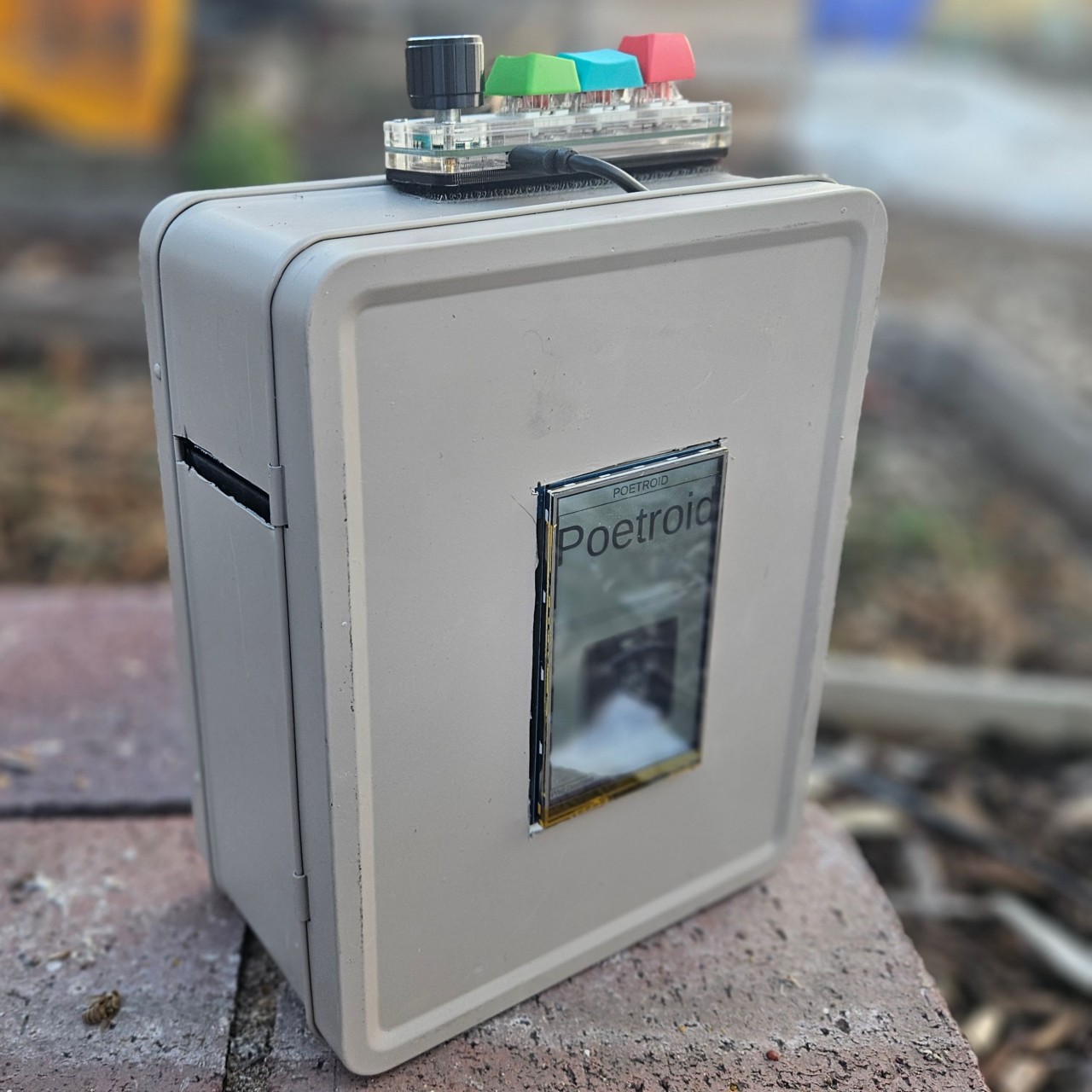
What is rather impressive about this little project is that it can be assembled from off-the-shelf components like a webcam, a single-board computer, and a lunchbox, among other things. The tin lunchbox is probably a bit uninspired, but it was large enough to cram everything necessary inside, with a little modification for the screen and buttons. If the name wasn’t a giveaway, the idea was heavily inspired by the Polaroid instant camera that revolutionized photography during its time. Instead of getting a small photo, however, you get a poem printed out on thermal paper, almost like a receipt and probably just as incomprehensible as one.

The best part is that the AI and large language models needed to pull this off can run locally on the device itself, preventing any private data from leaking and saving you from potential embarrassment over accidental photos and hideous poetry. There’s definitely a lot of room for improvement in the design of the Poetroid, and having all the necessary pieces known and available can go a long way in helping design one that will look just as majestic as the words it ejects from its proverbial mouth.
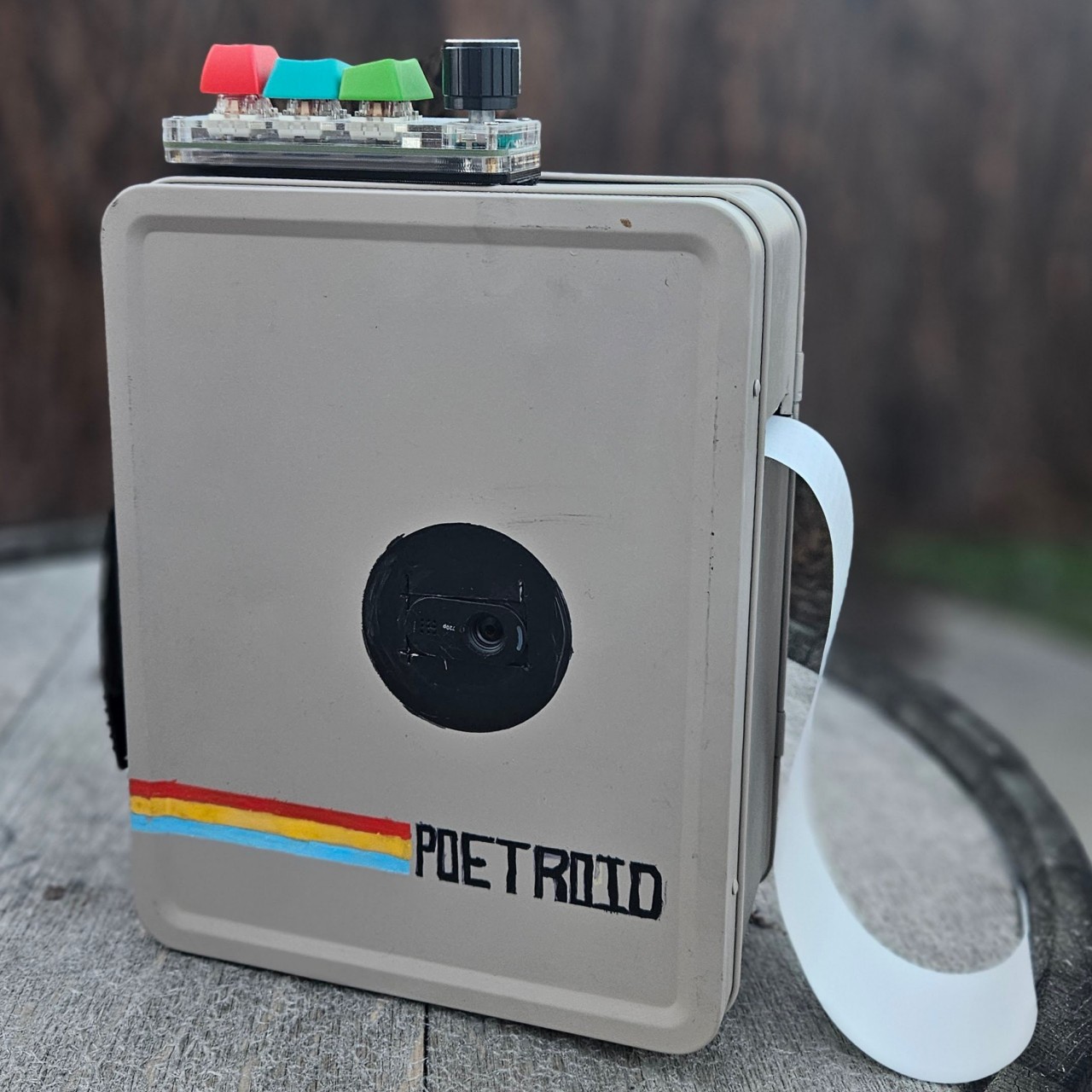
The post Polaroid-inspired DIY camera uses AI to print poems instead of photos first appeared on Yanko Design.
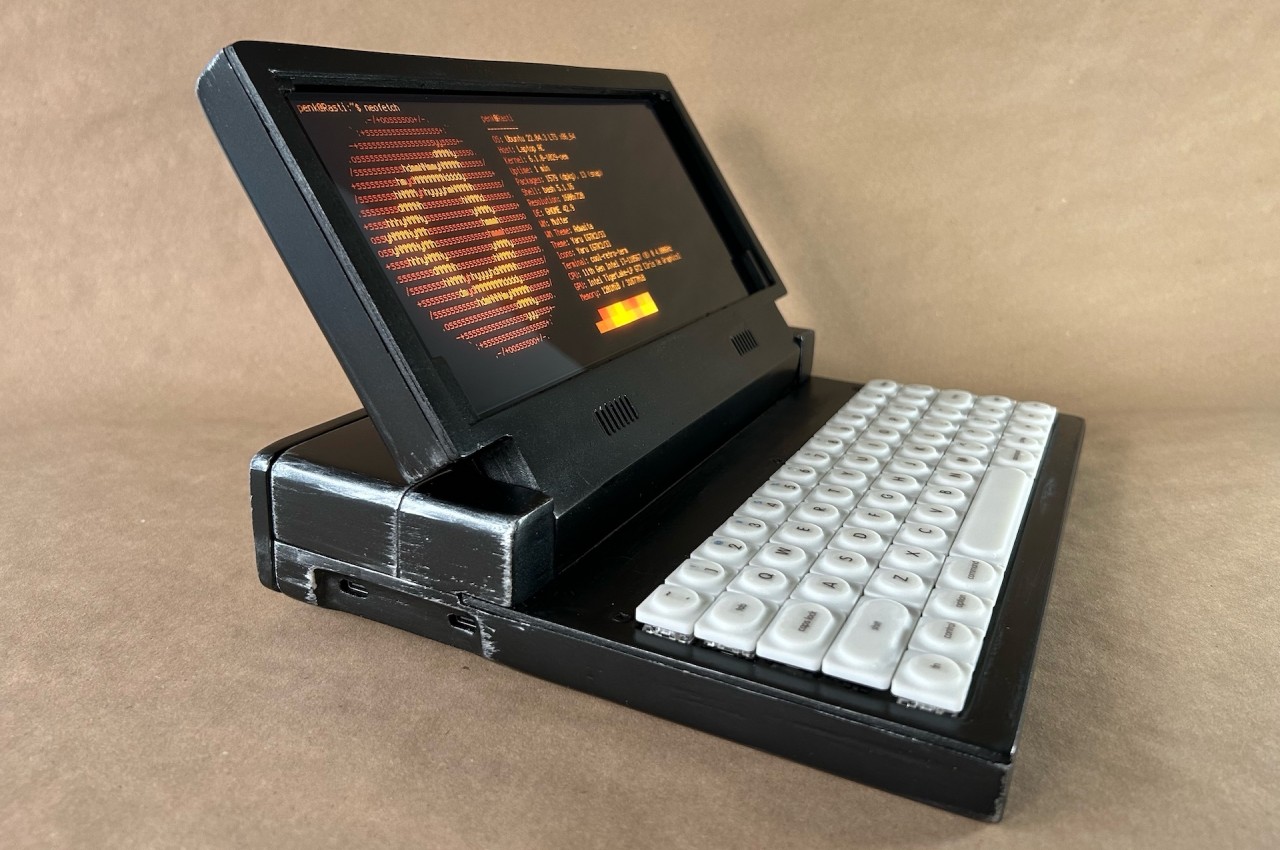
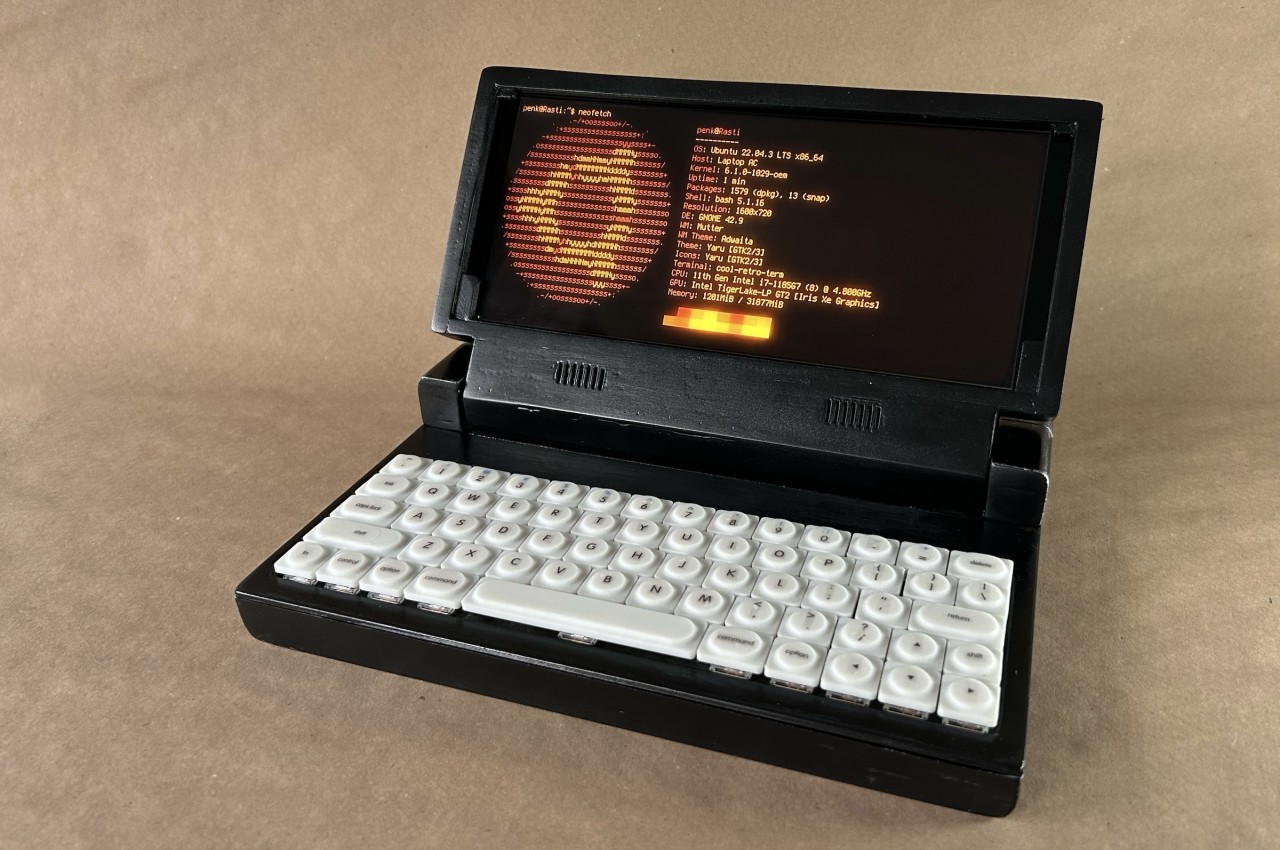

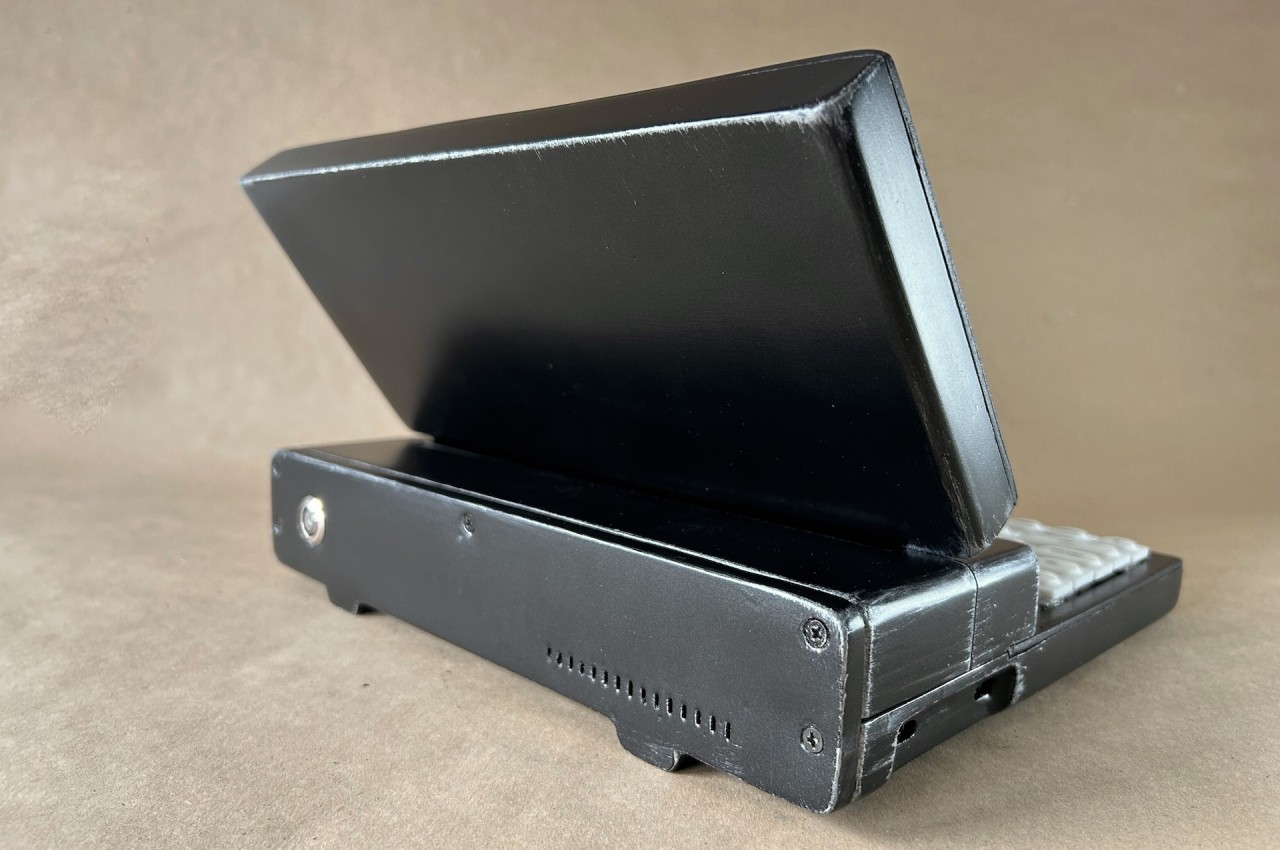
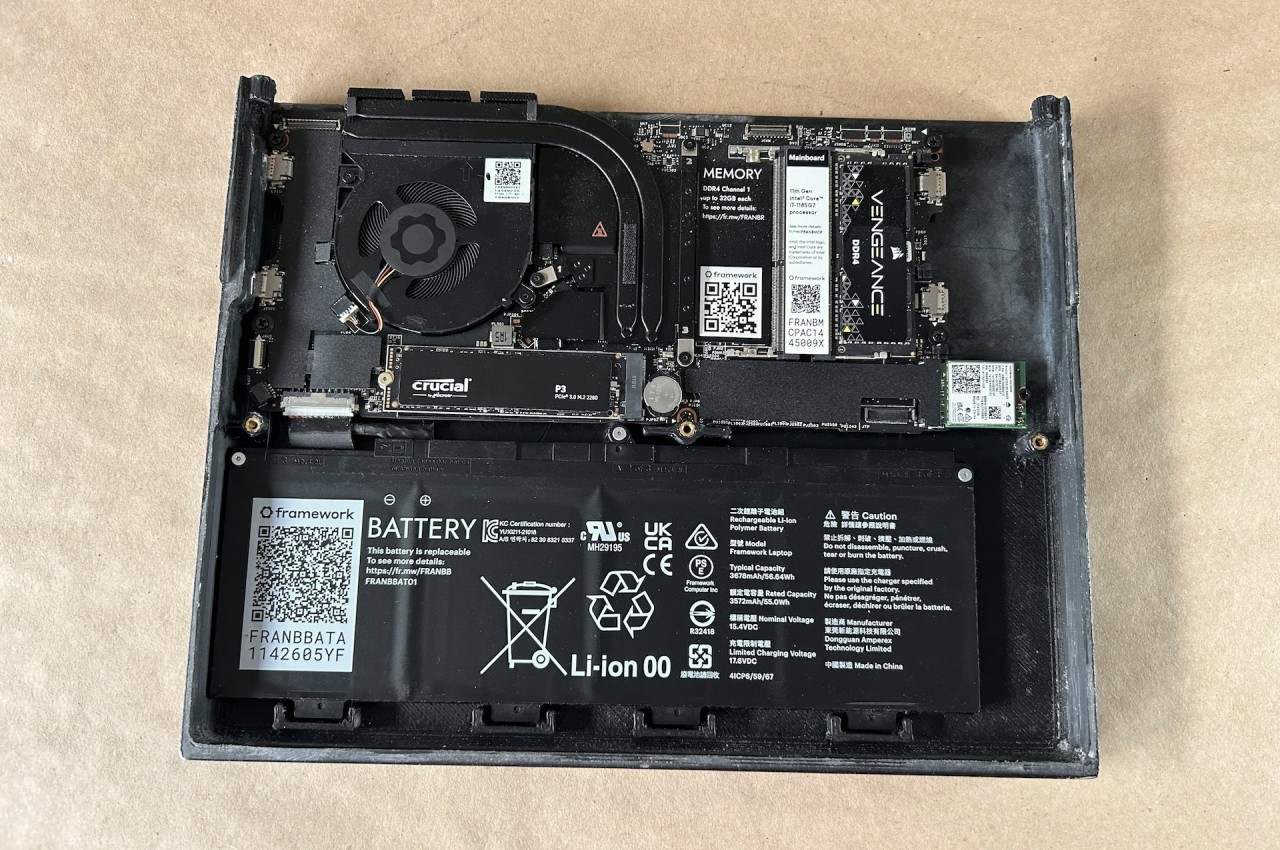
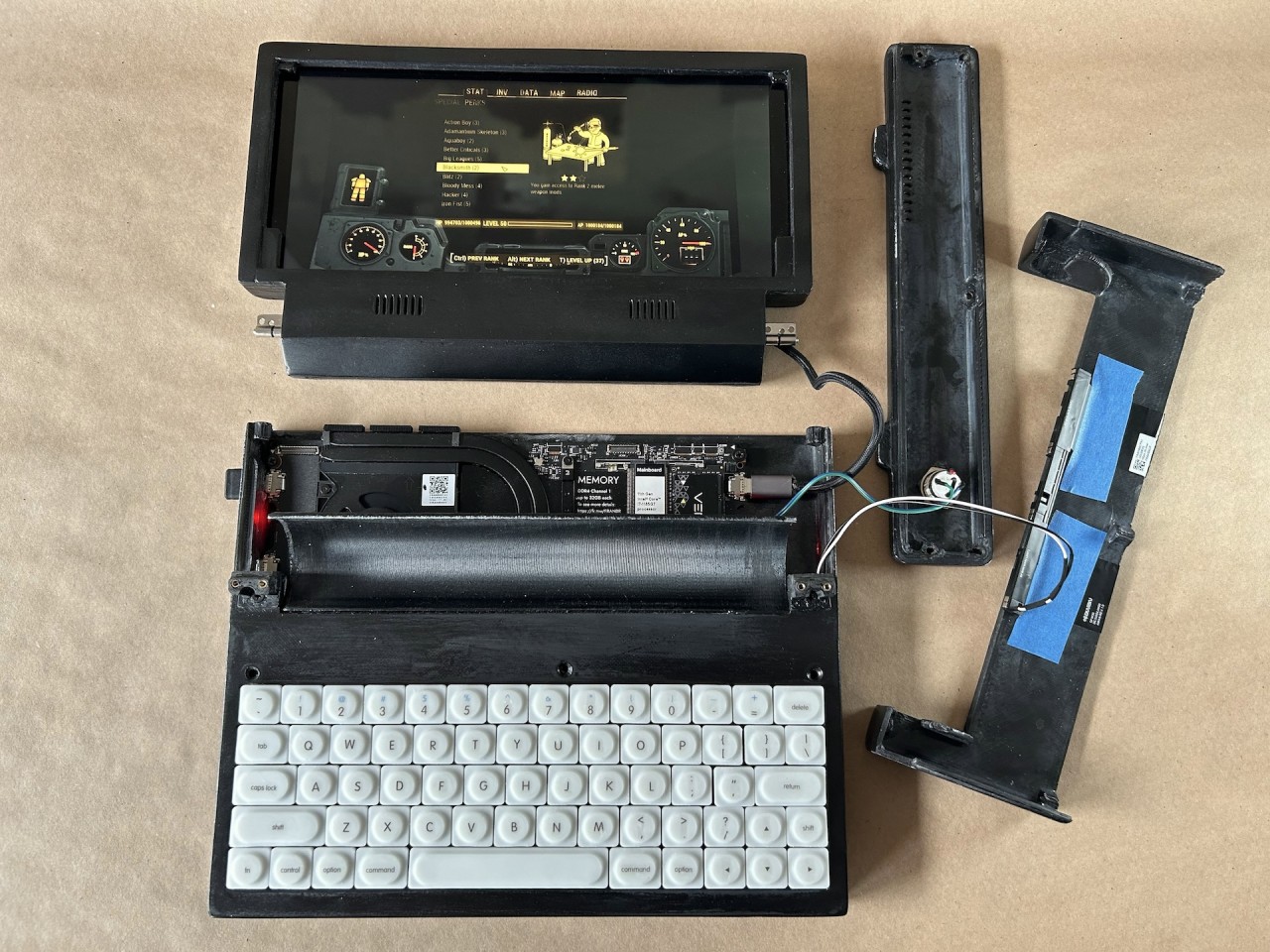
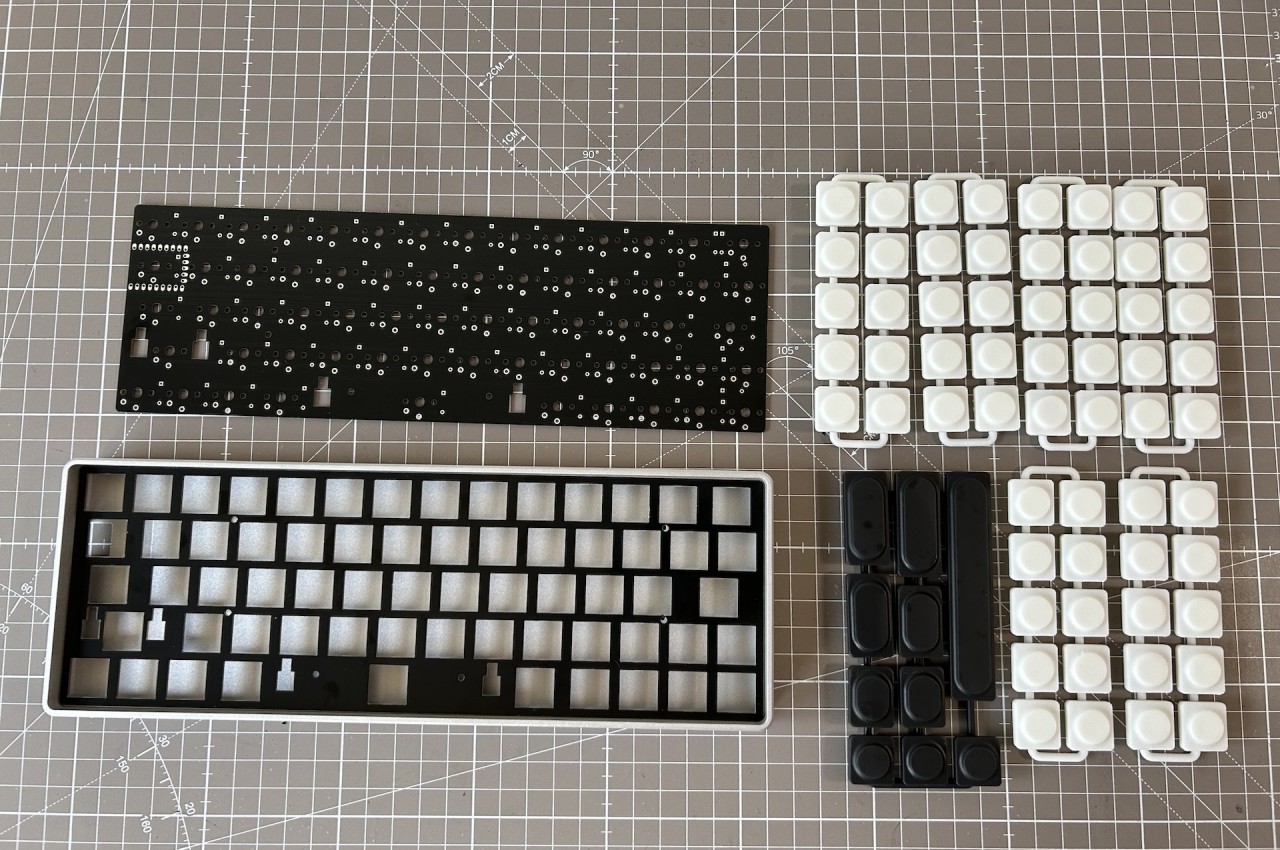
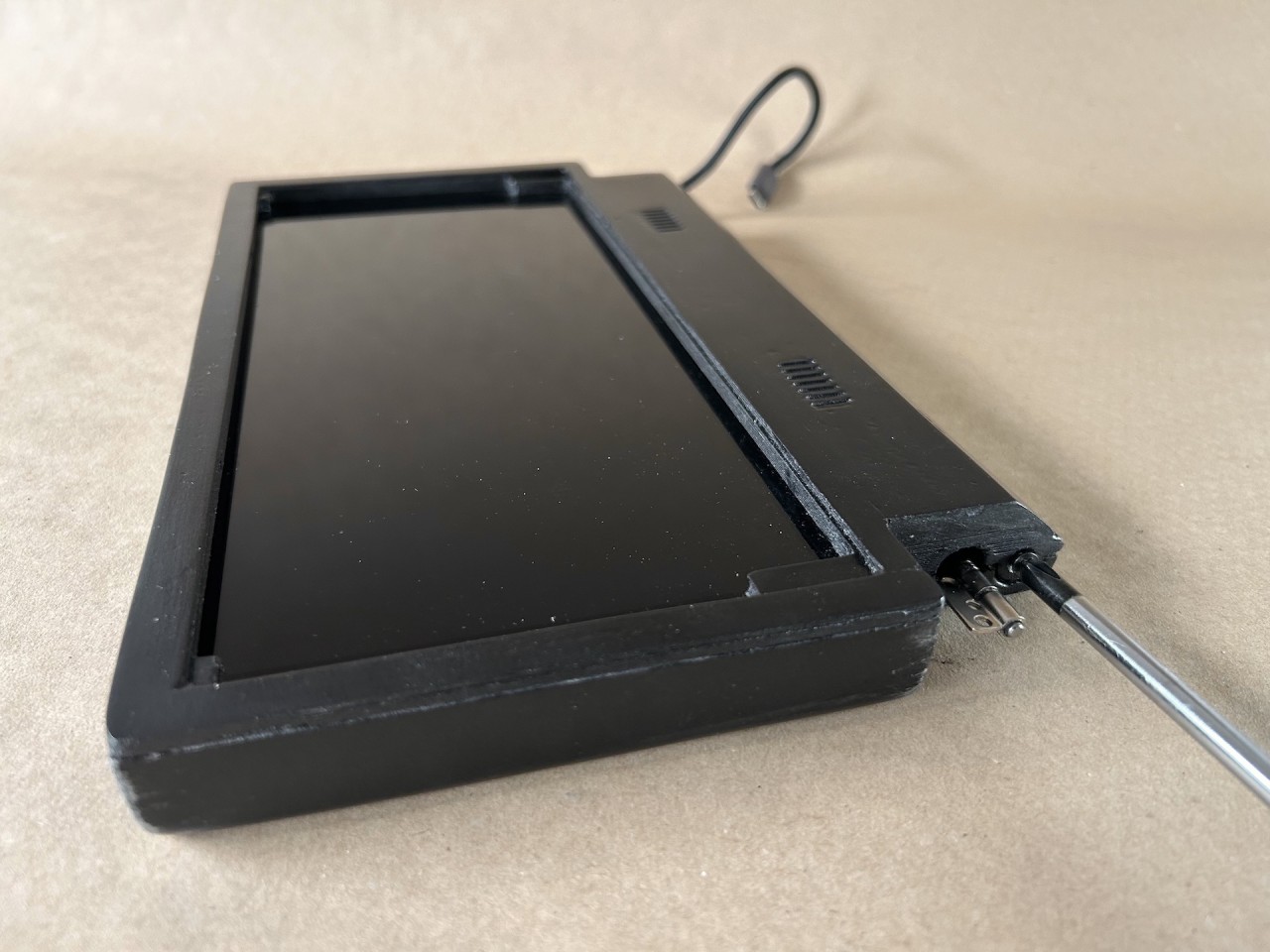
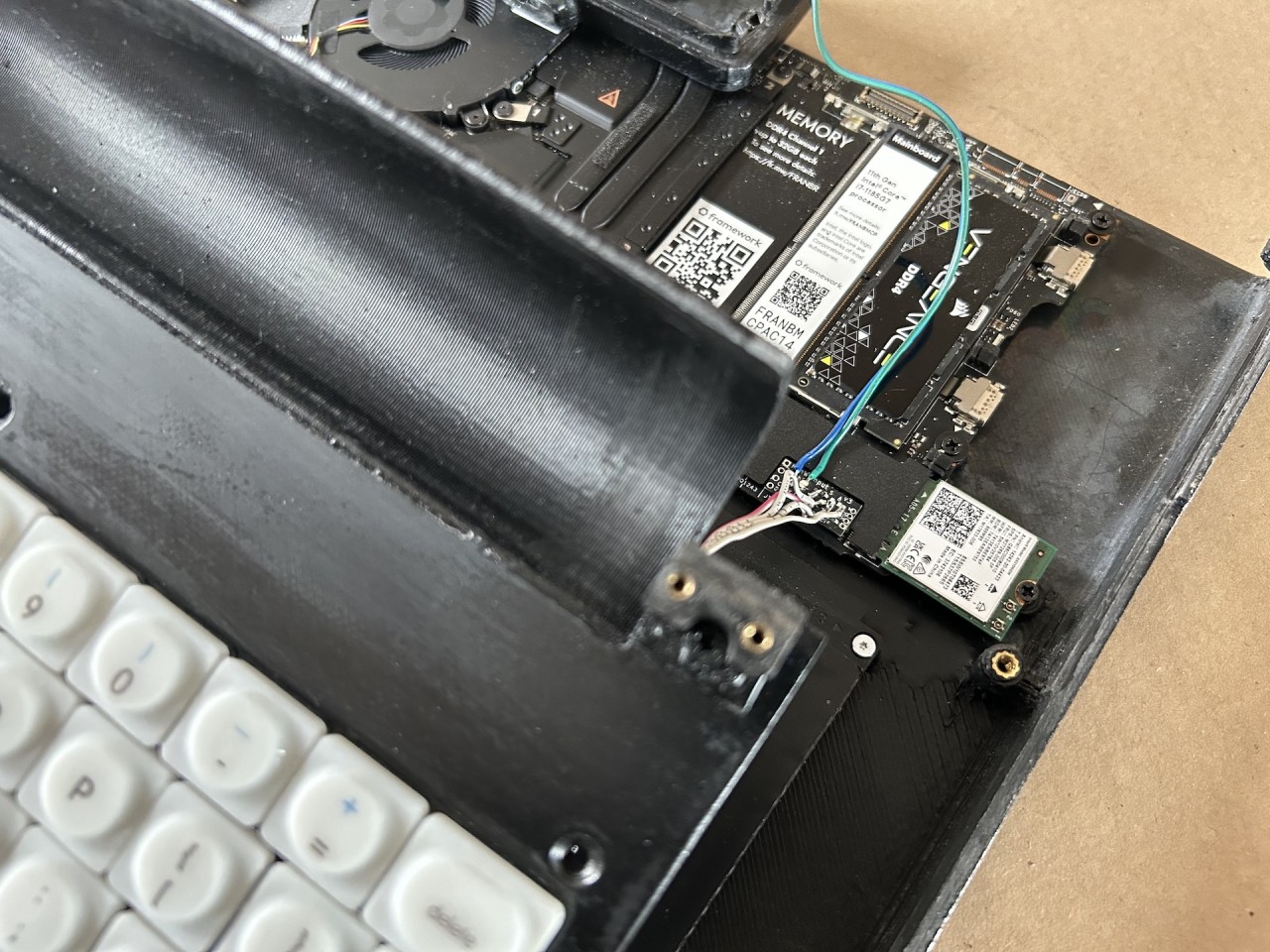
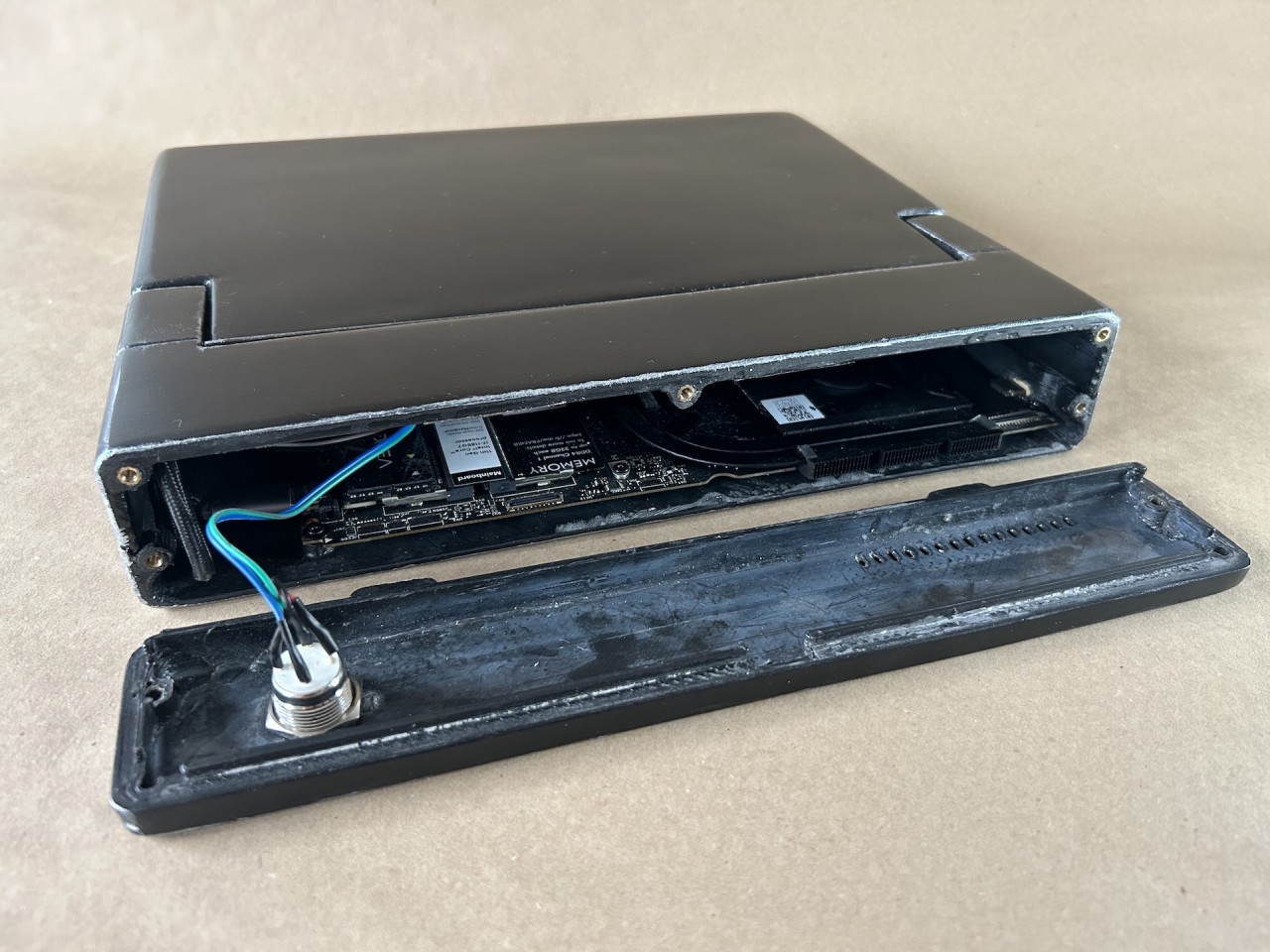
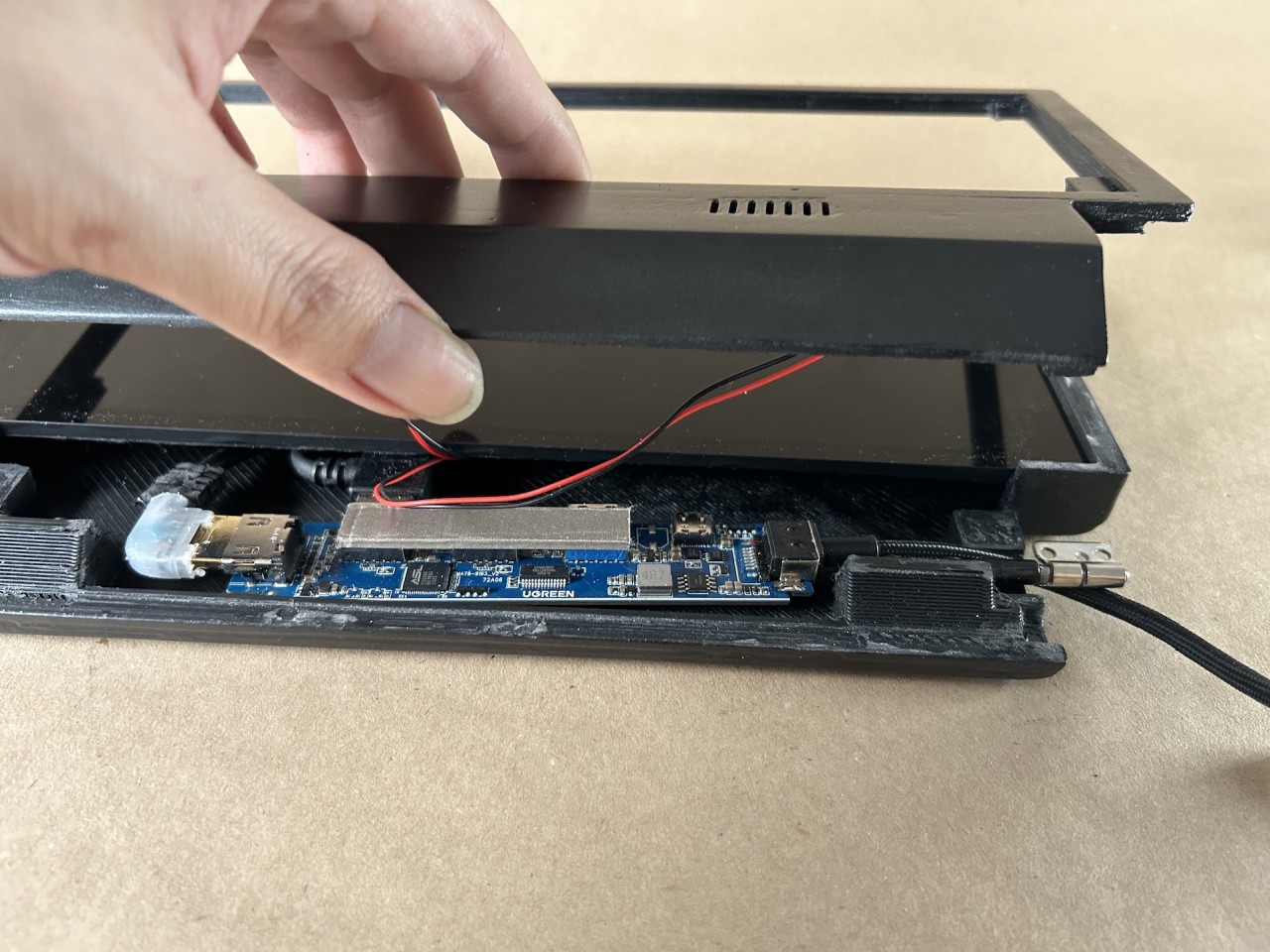
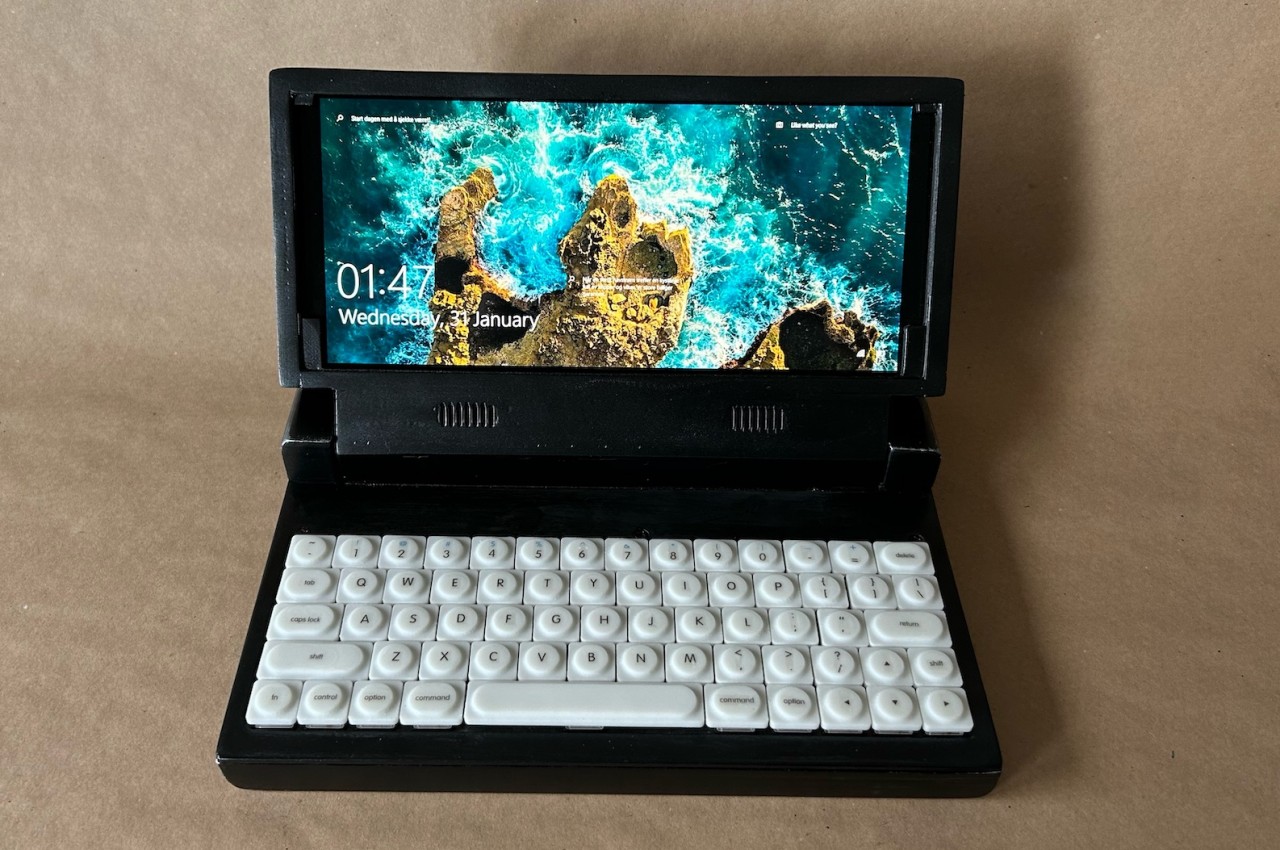
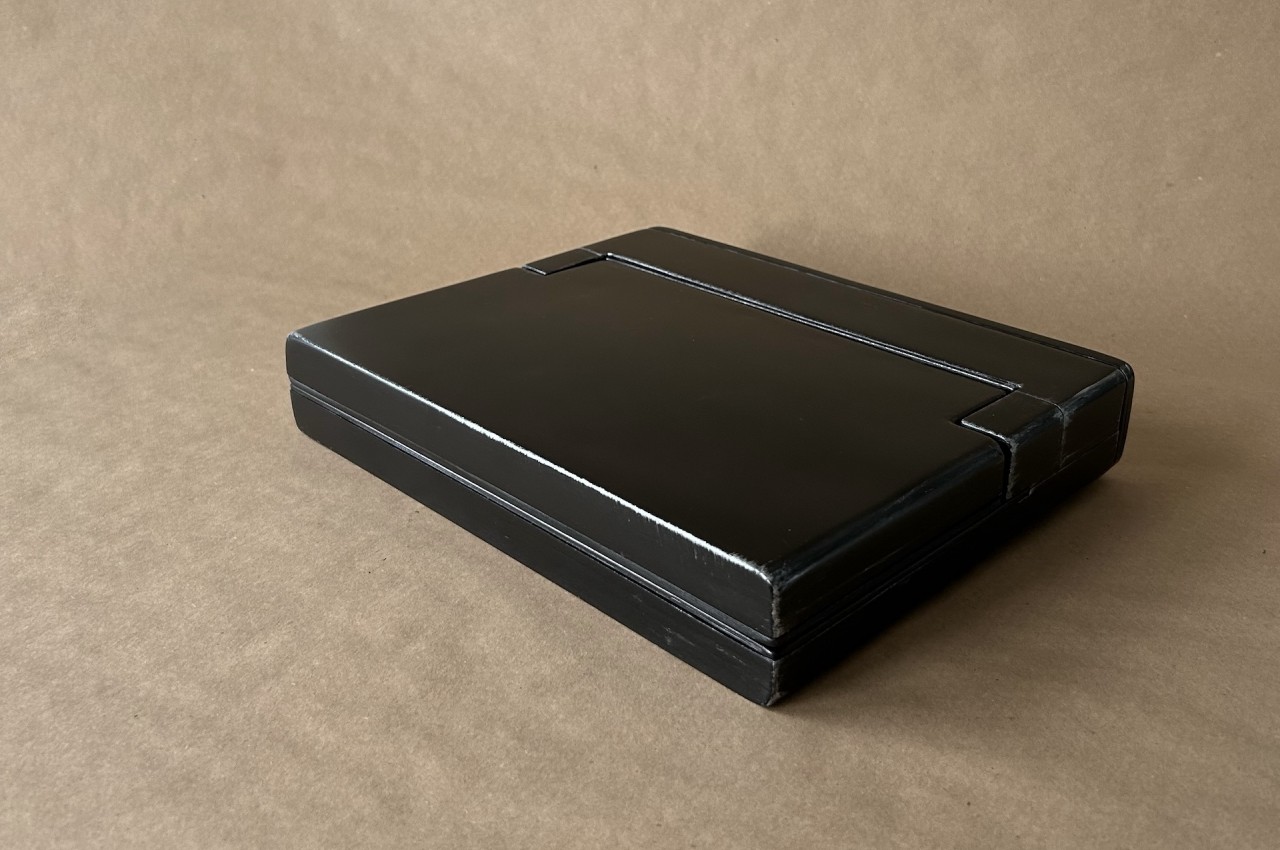


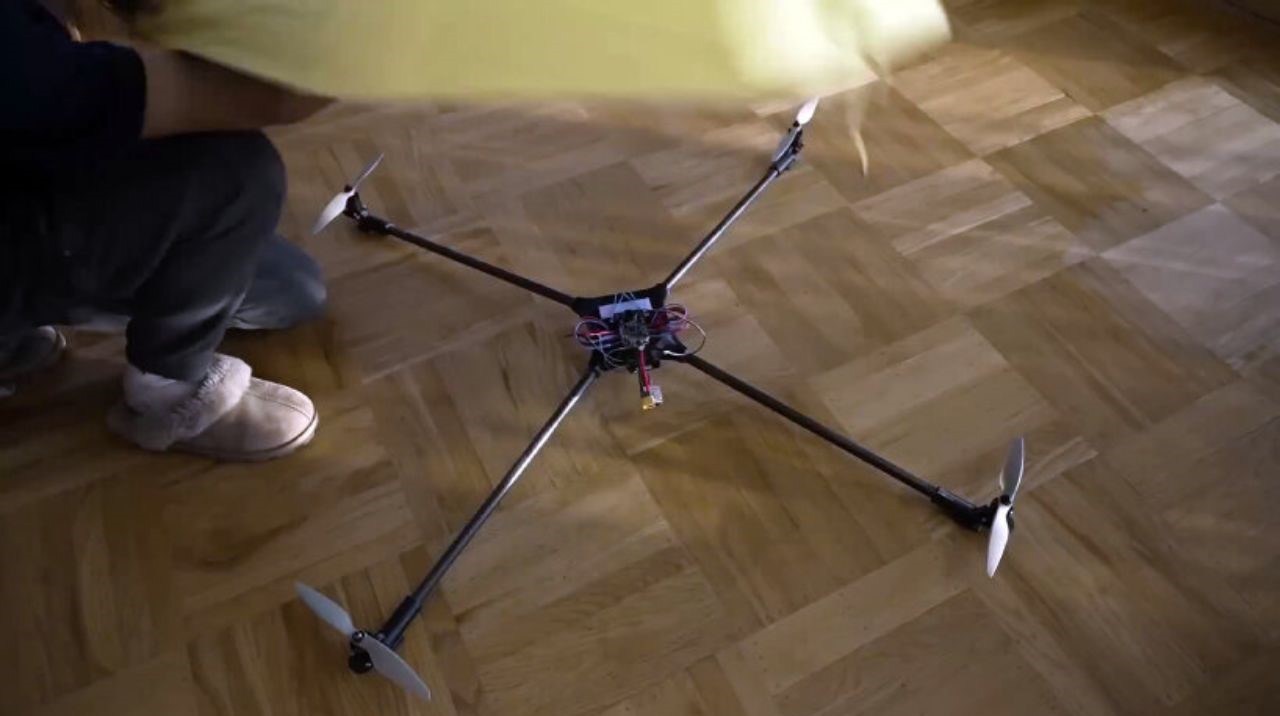





 Their latest exploration is a monstrous bike that looks like the love child of a monster bike and a powerful
Their latest exploration is a monstrous bike that looks like the love child of a monster bike and a powerful 
